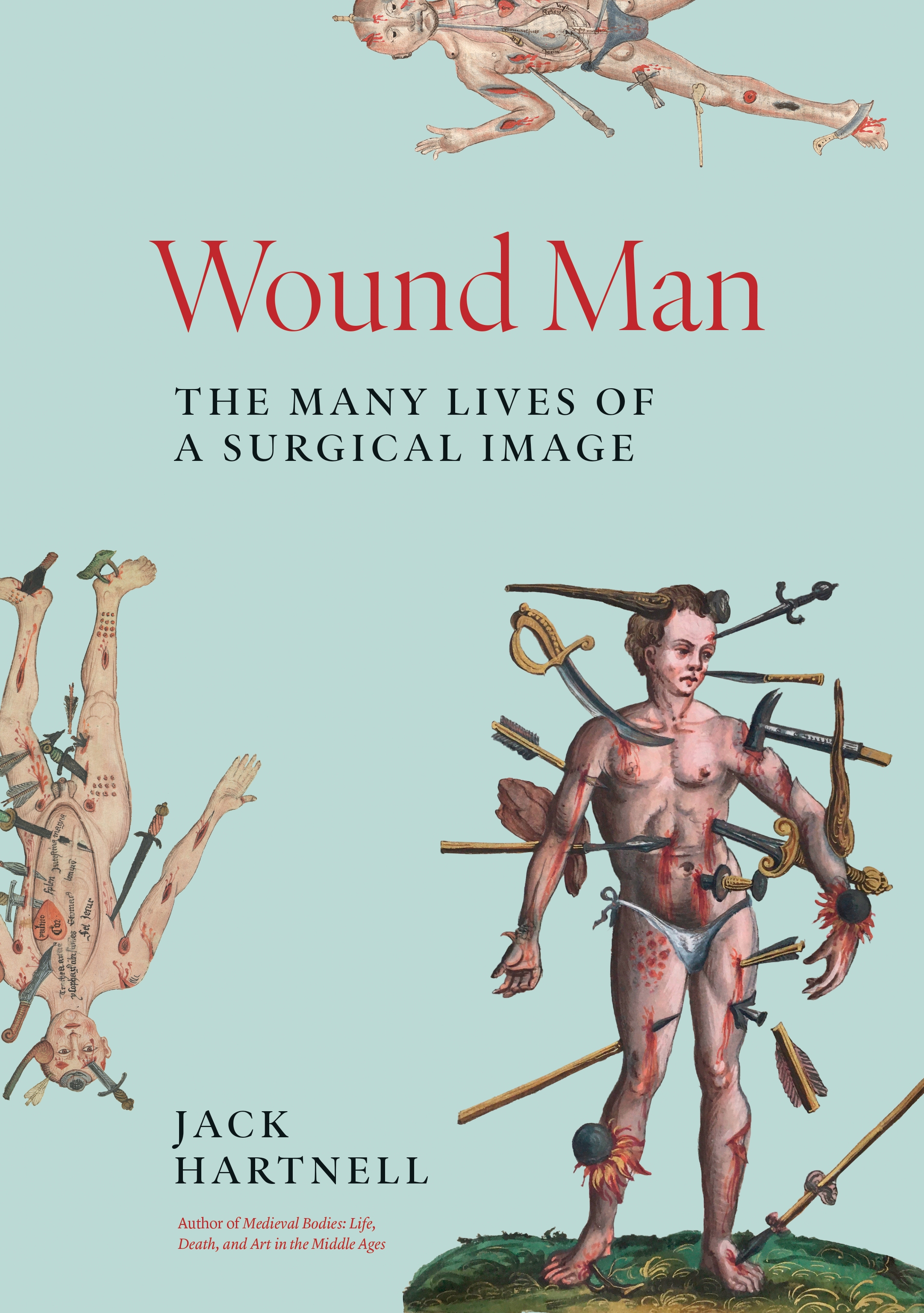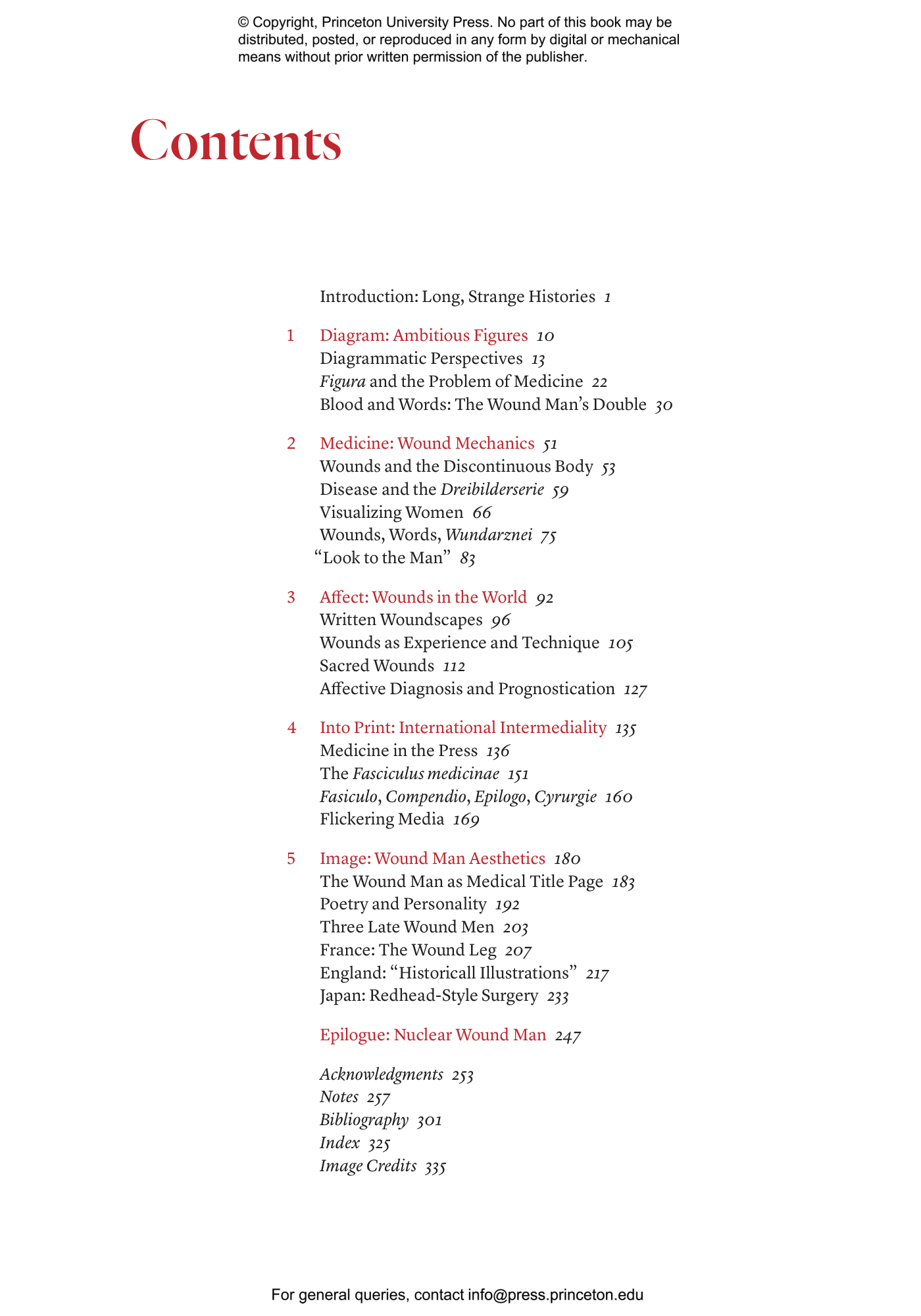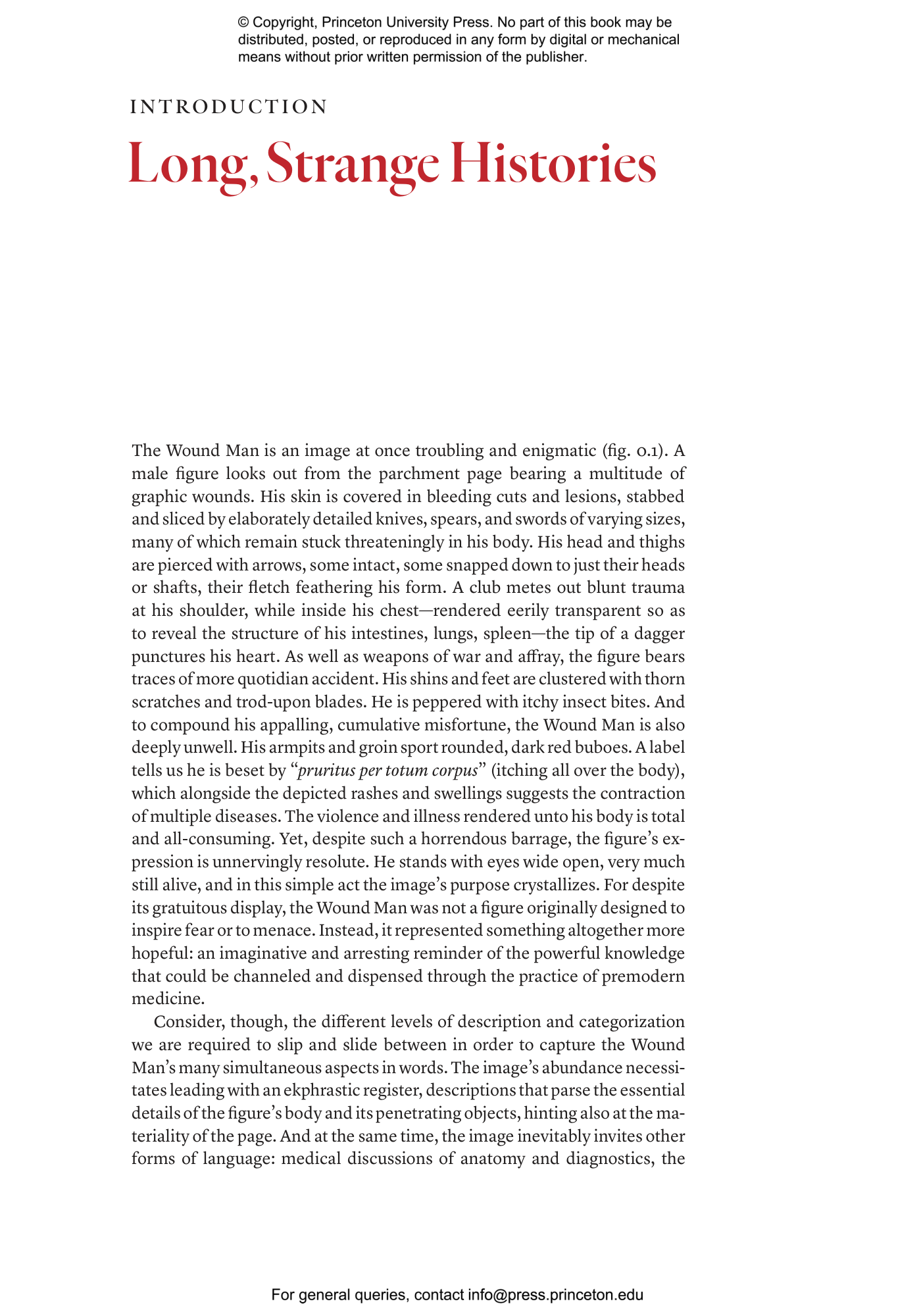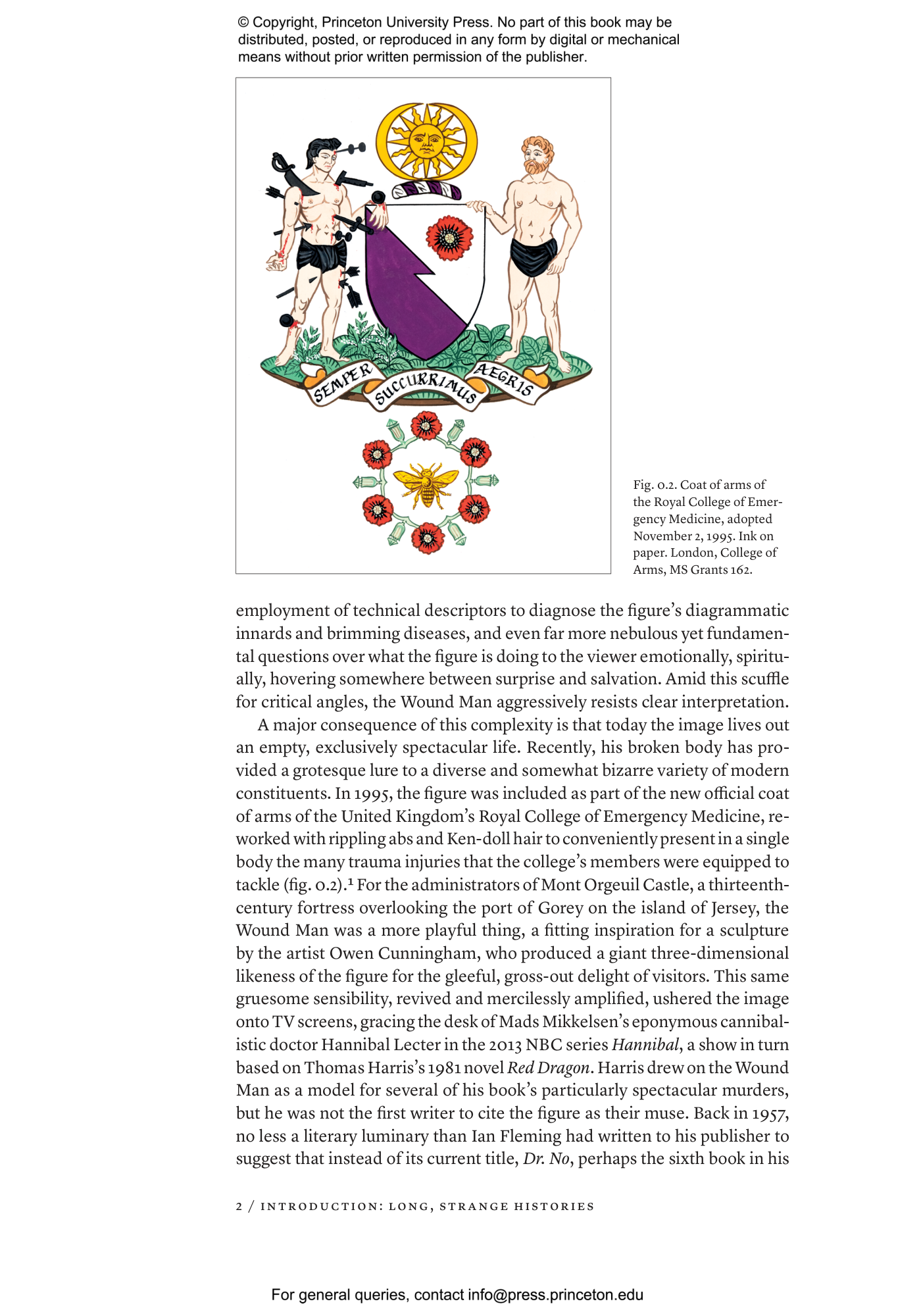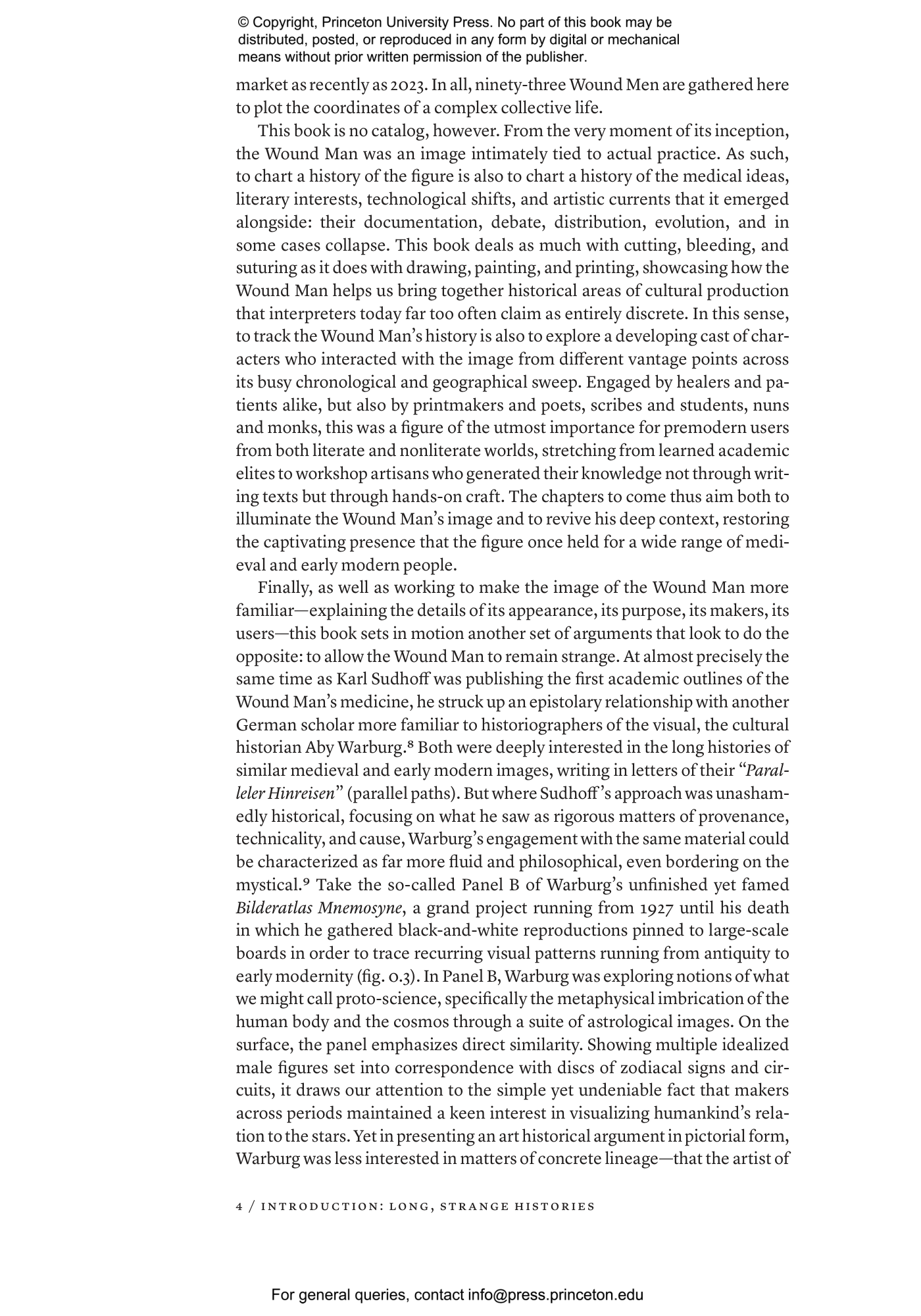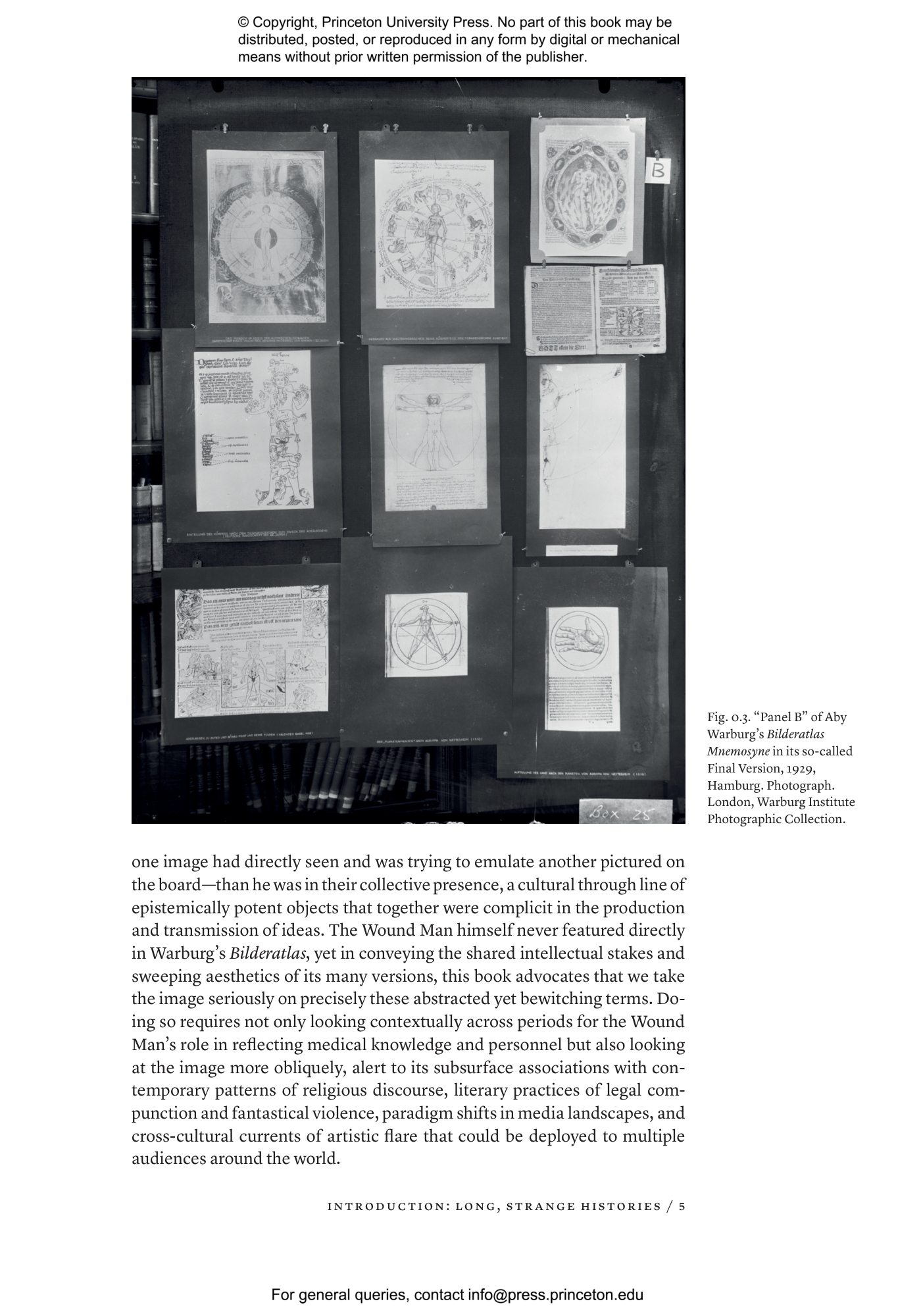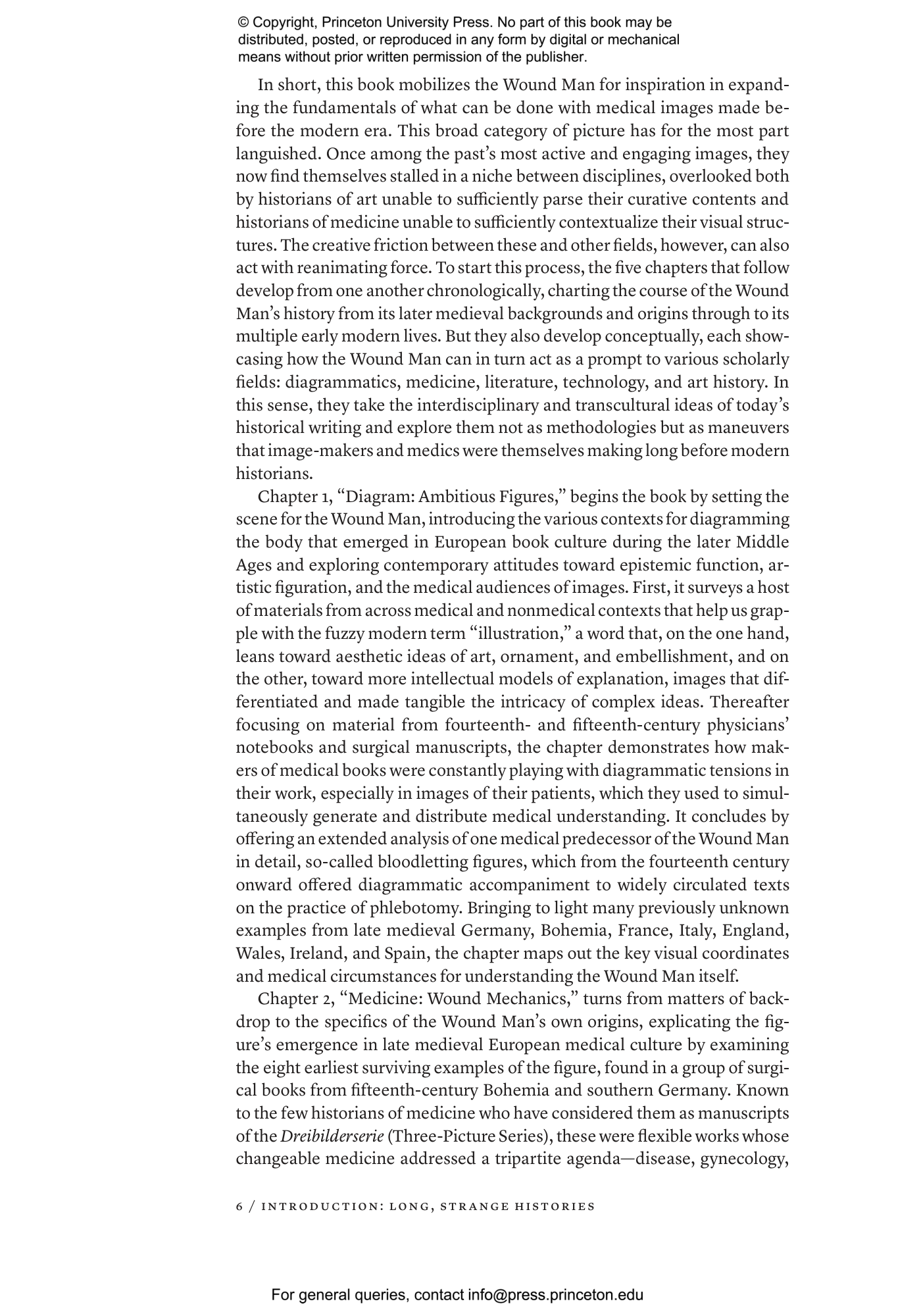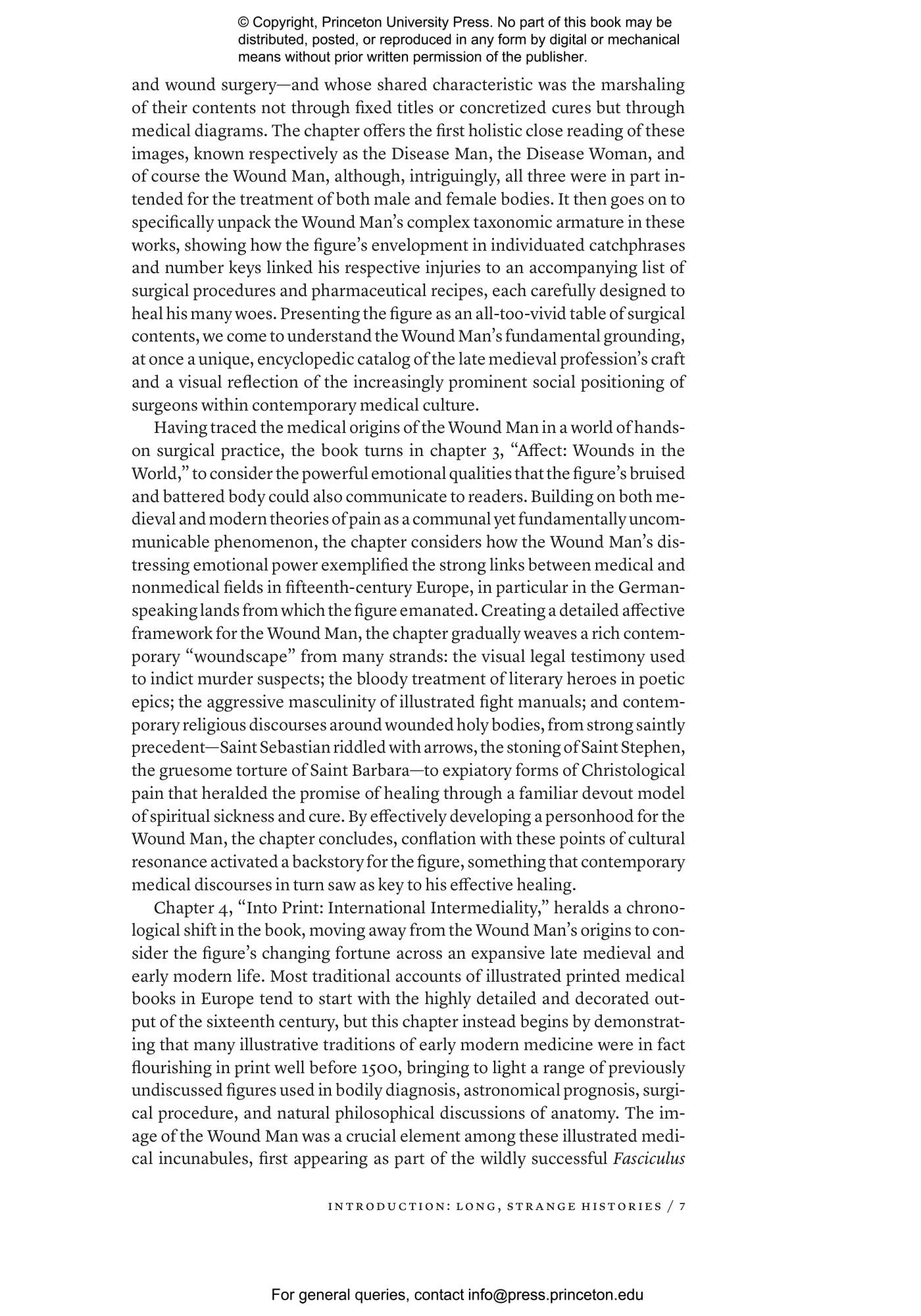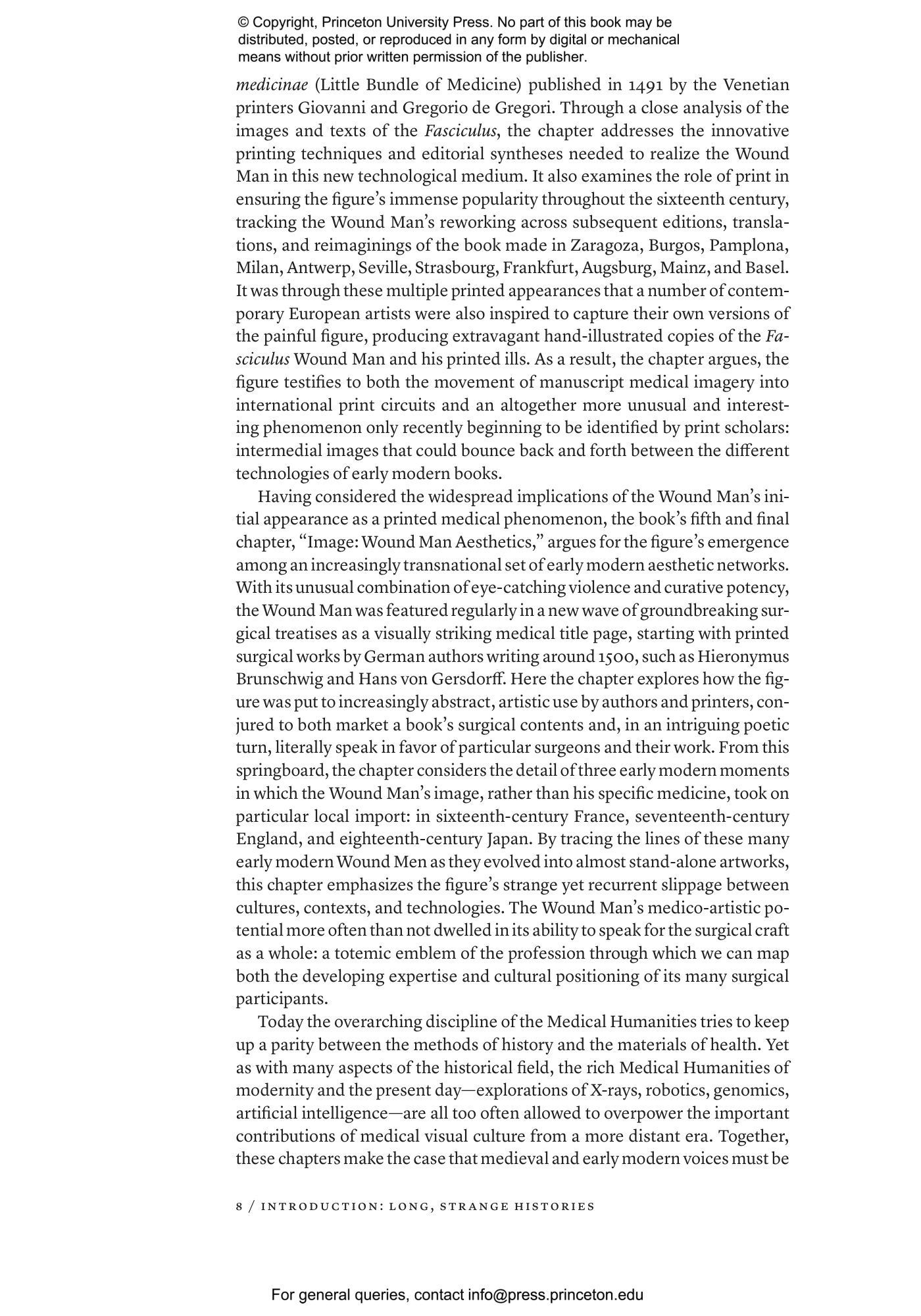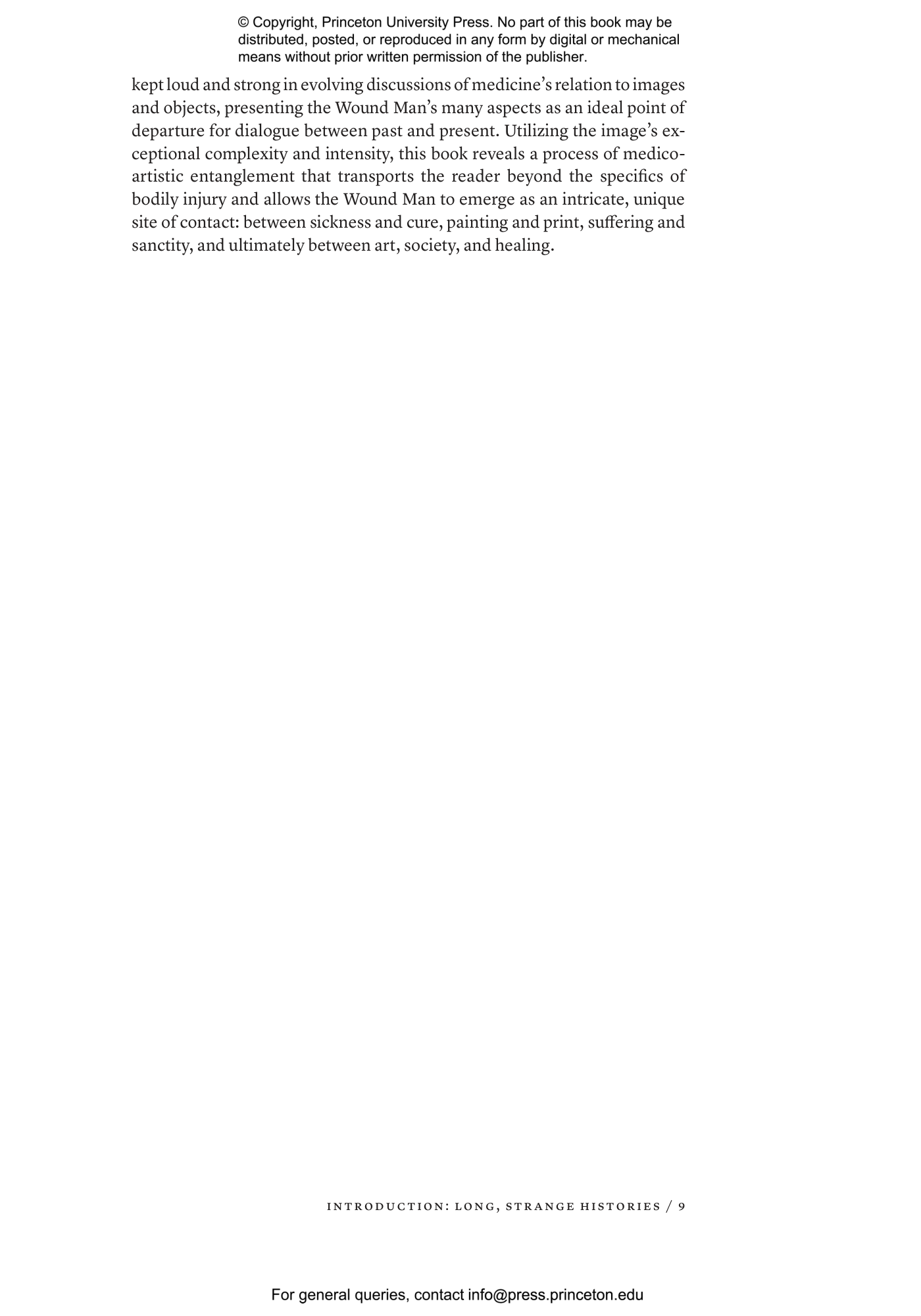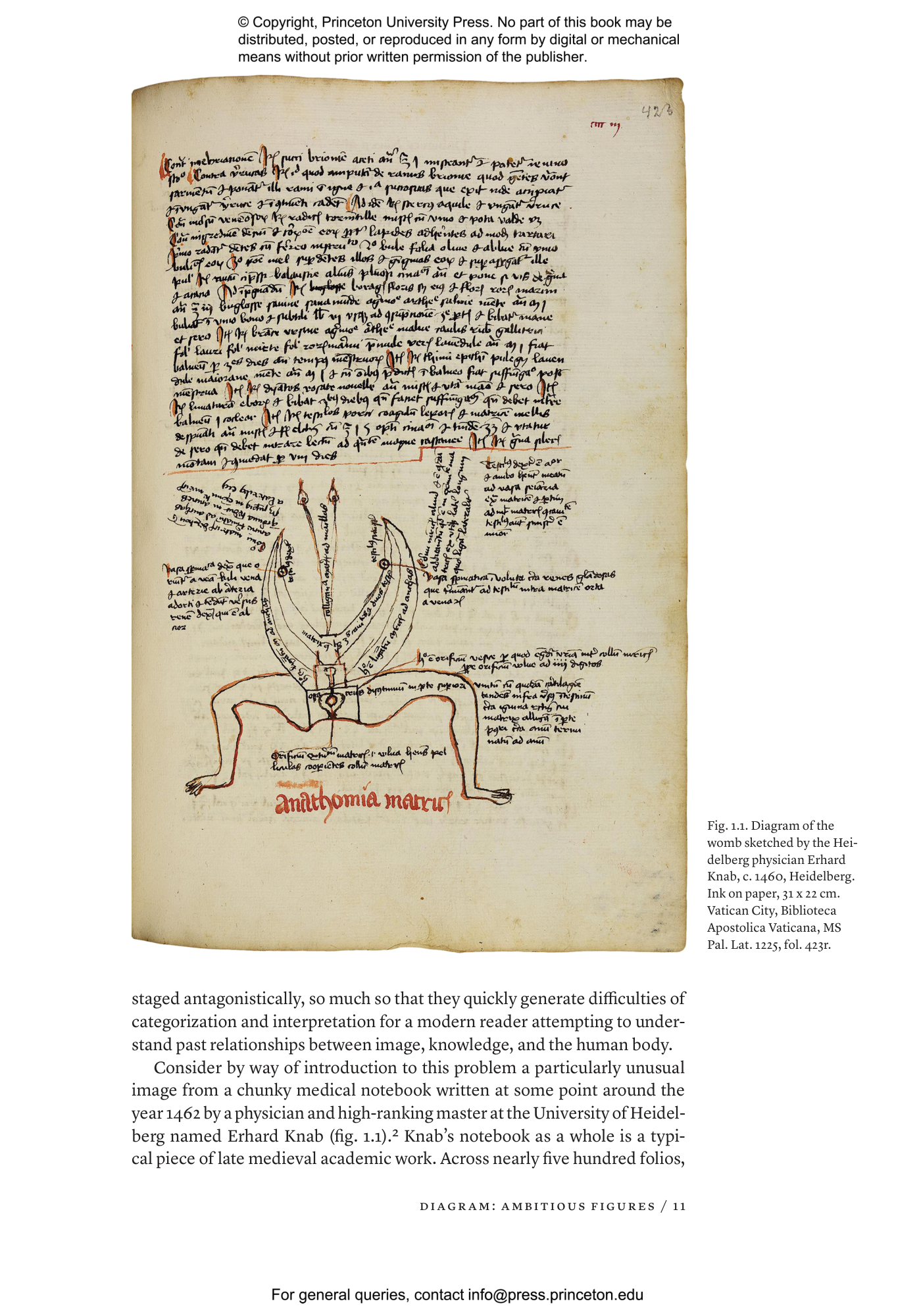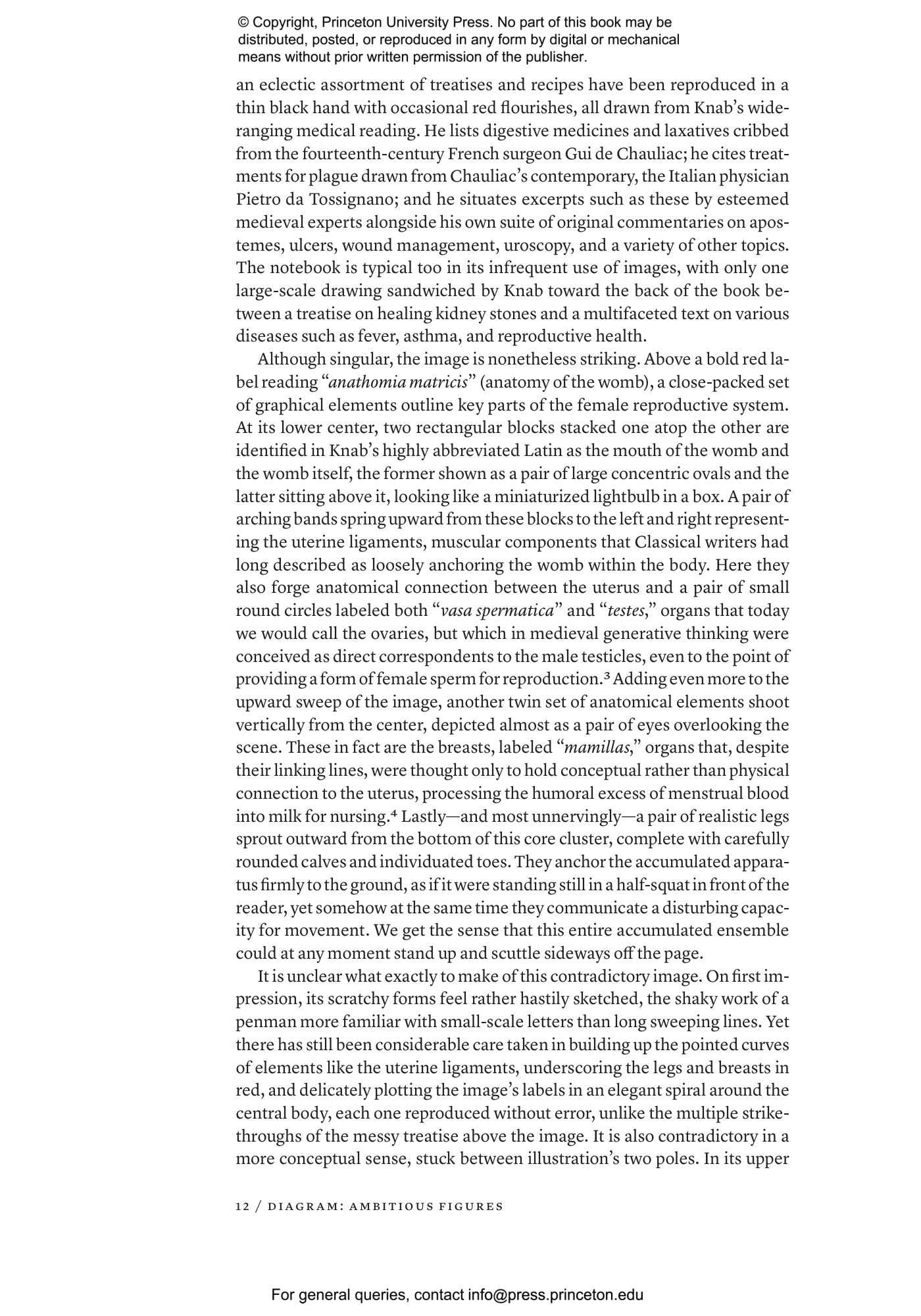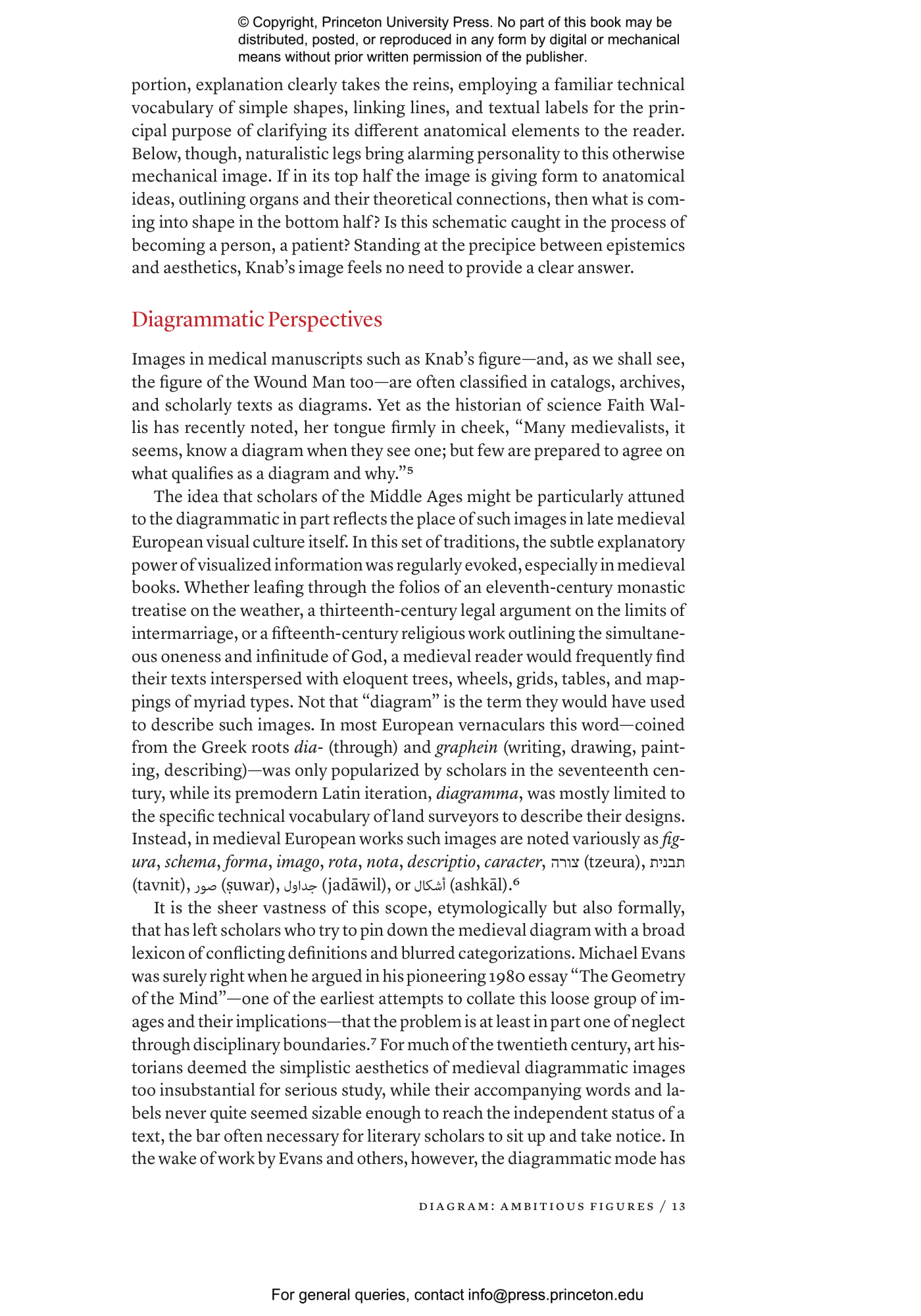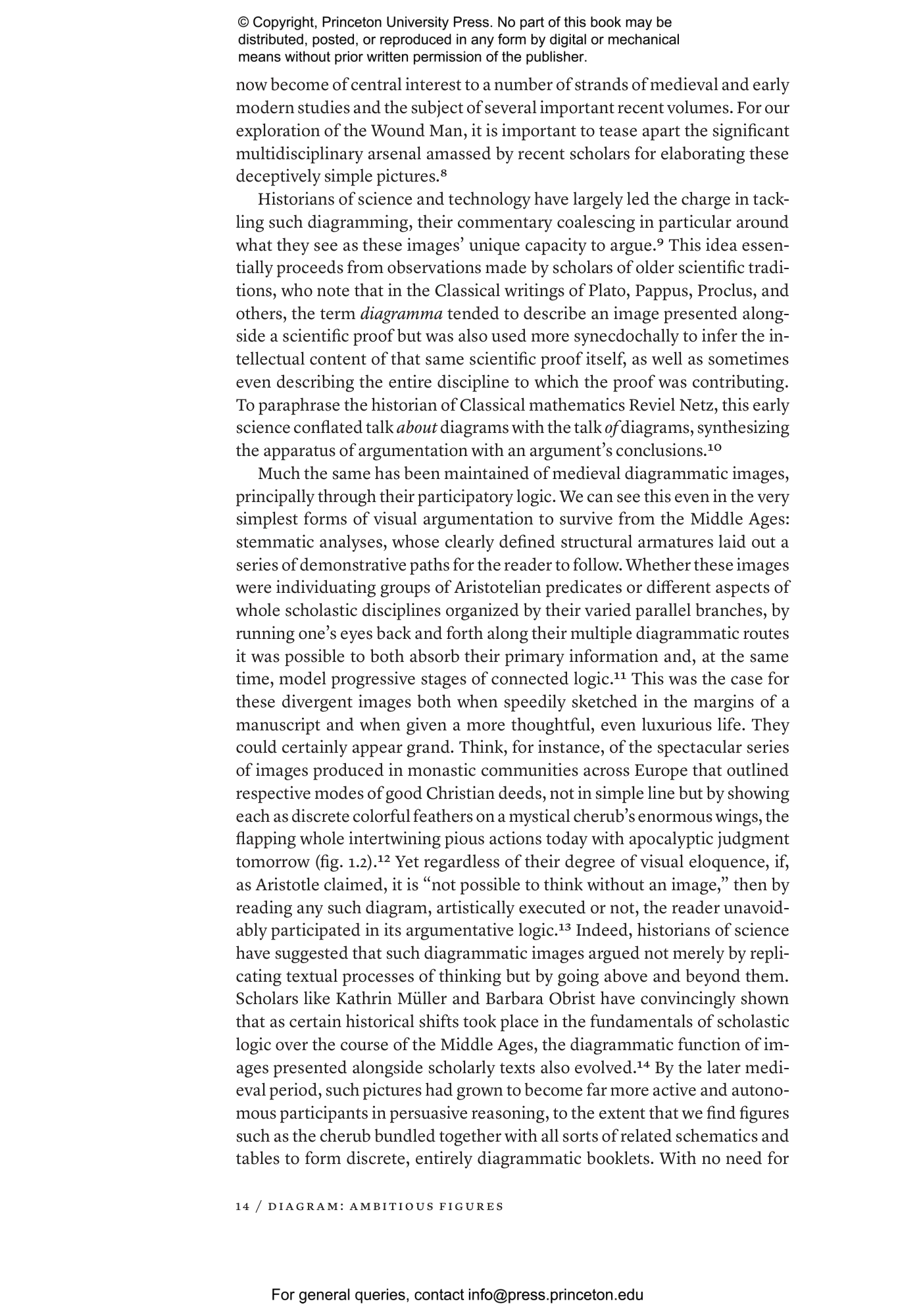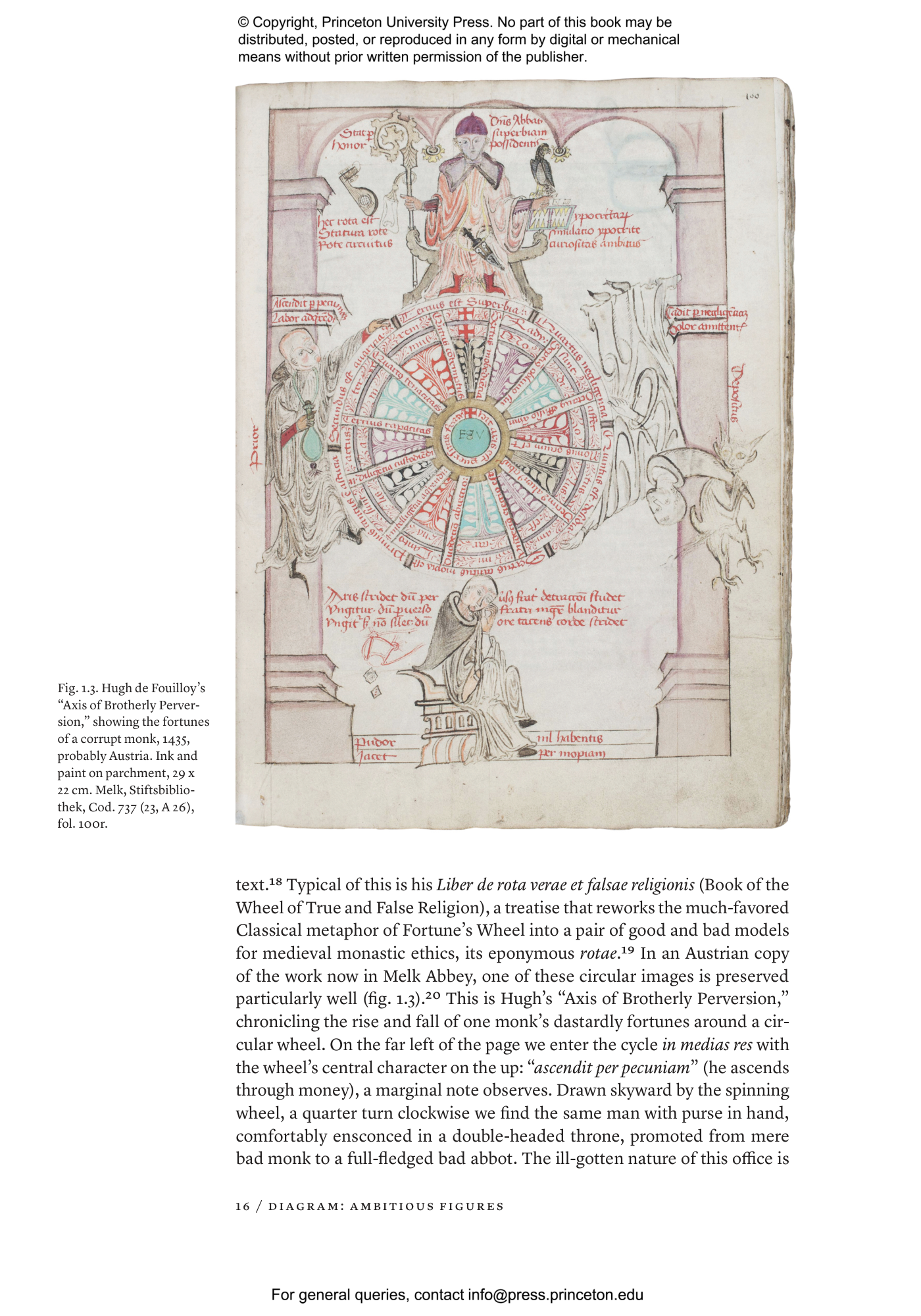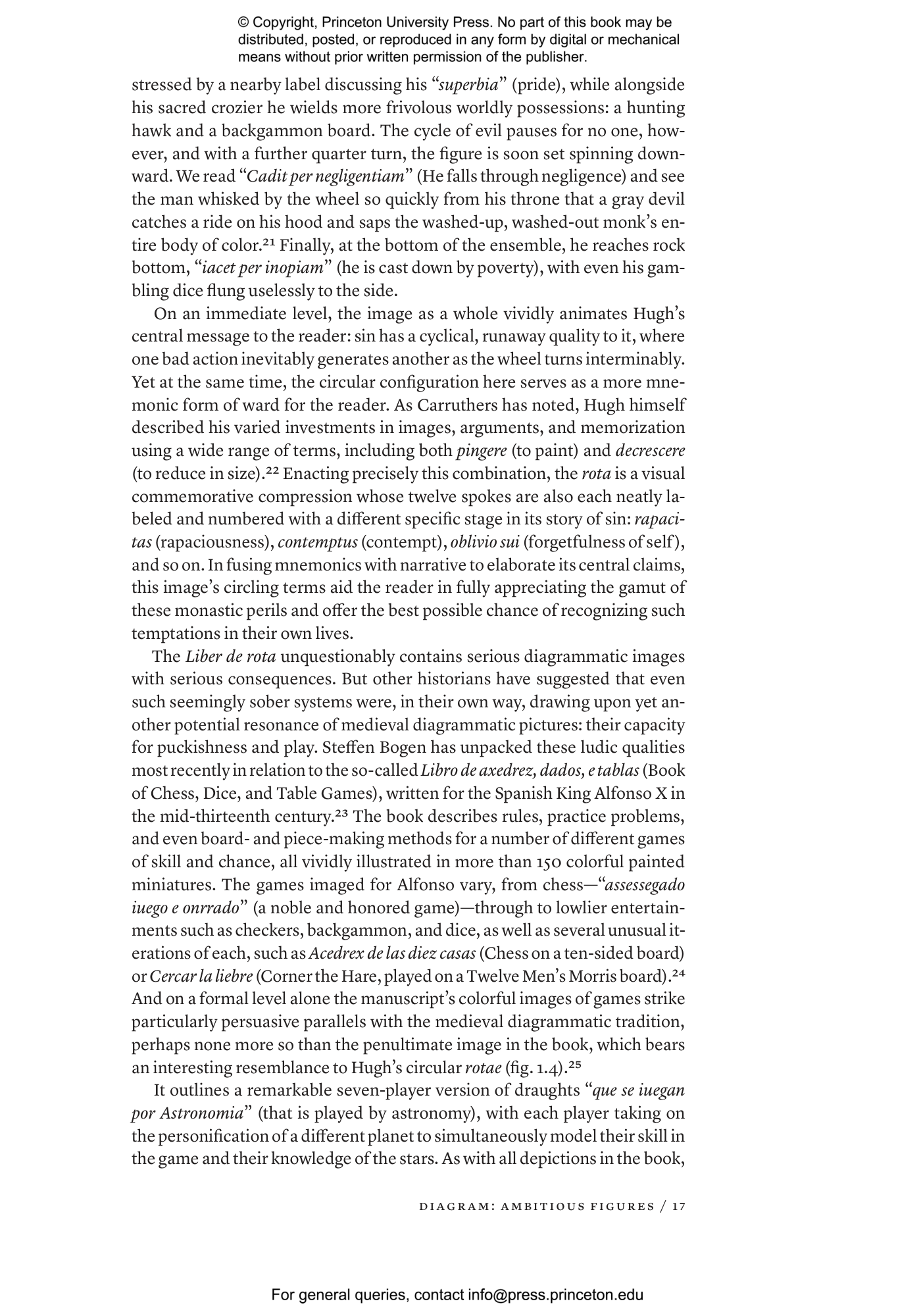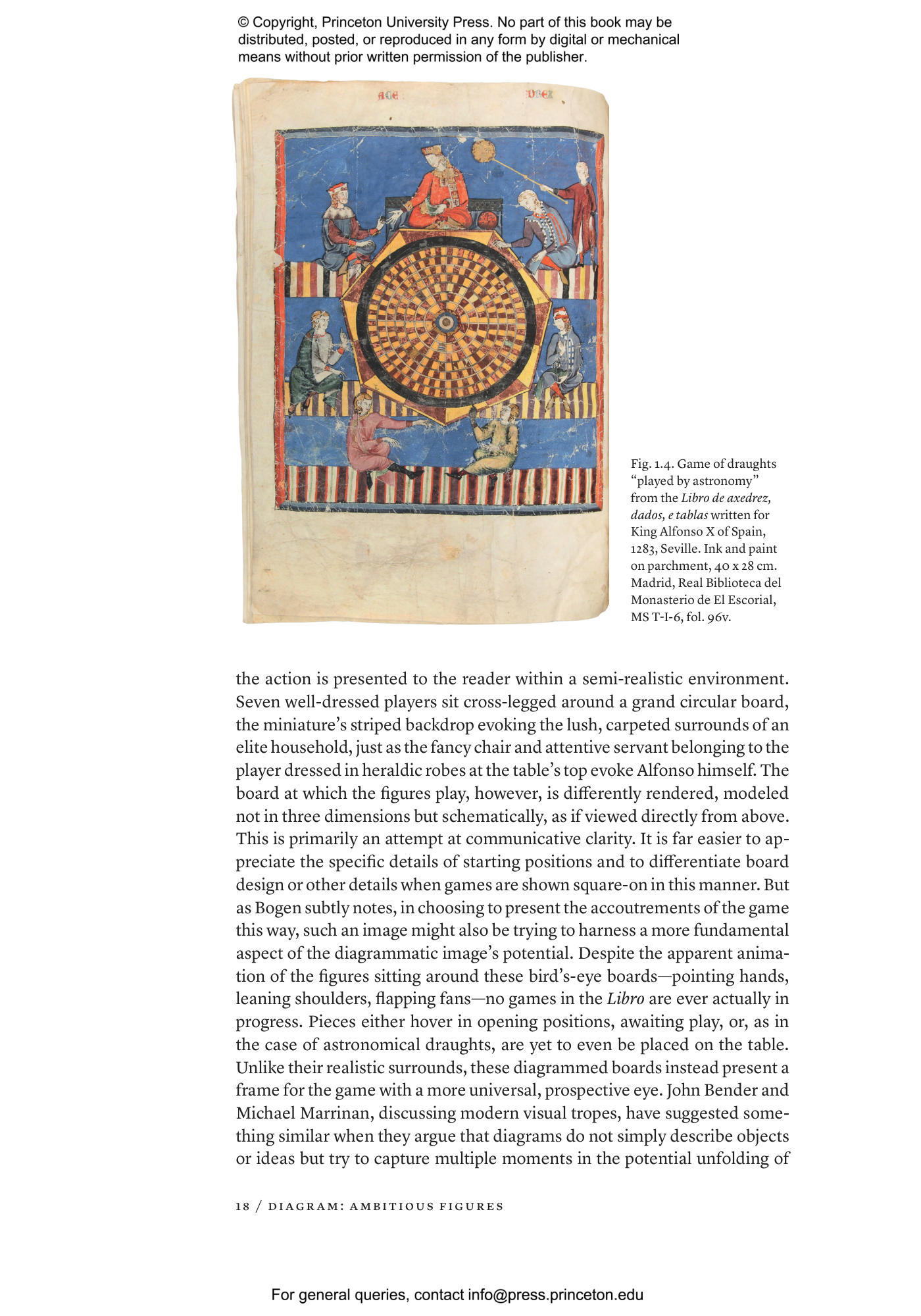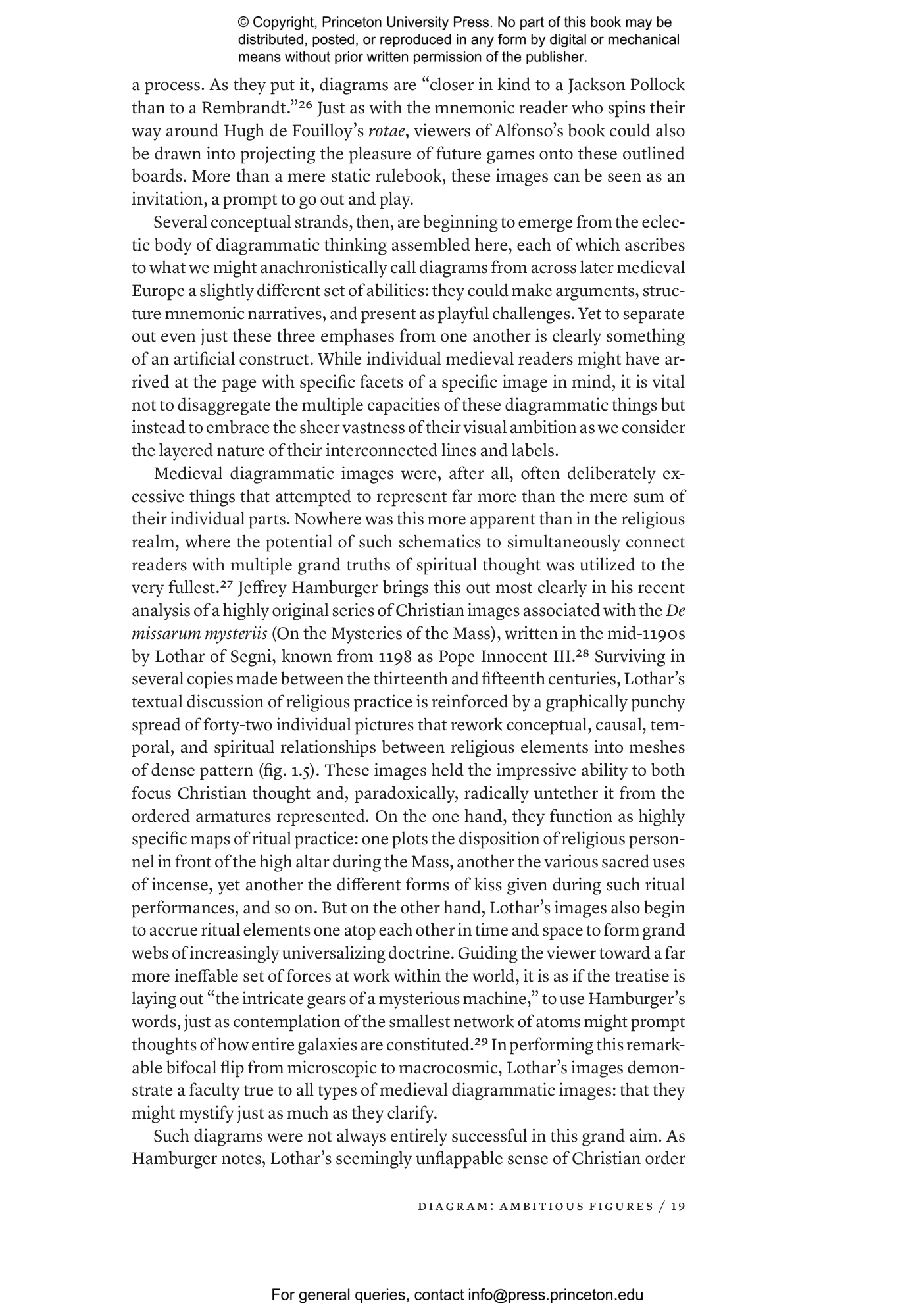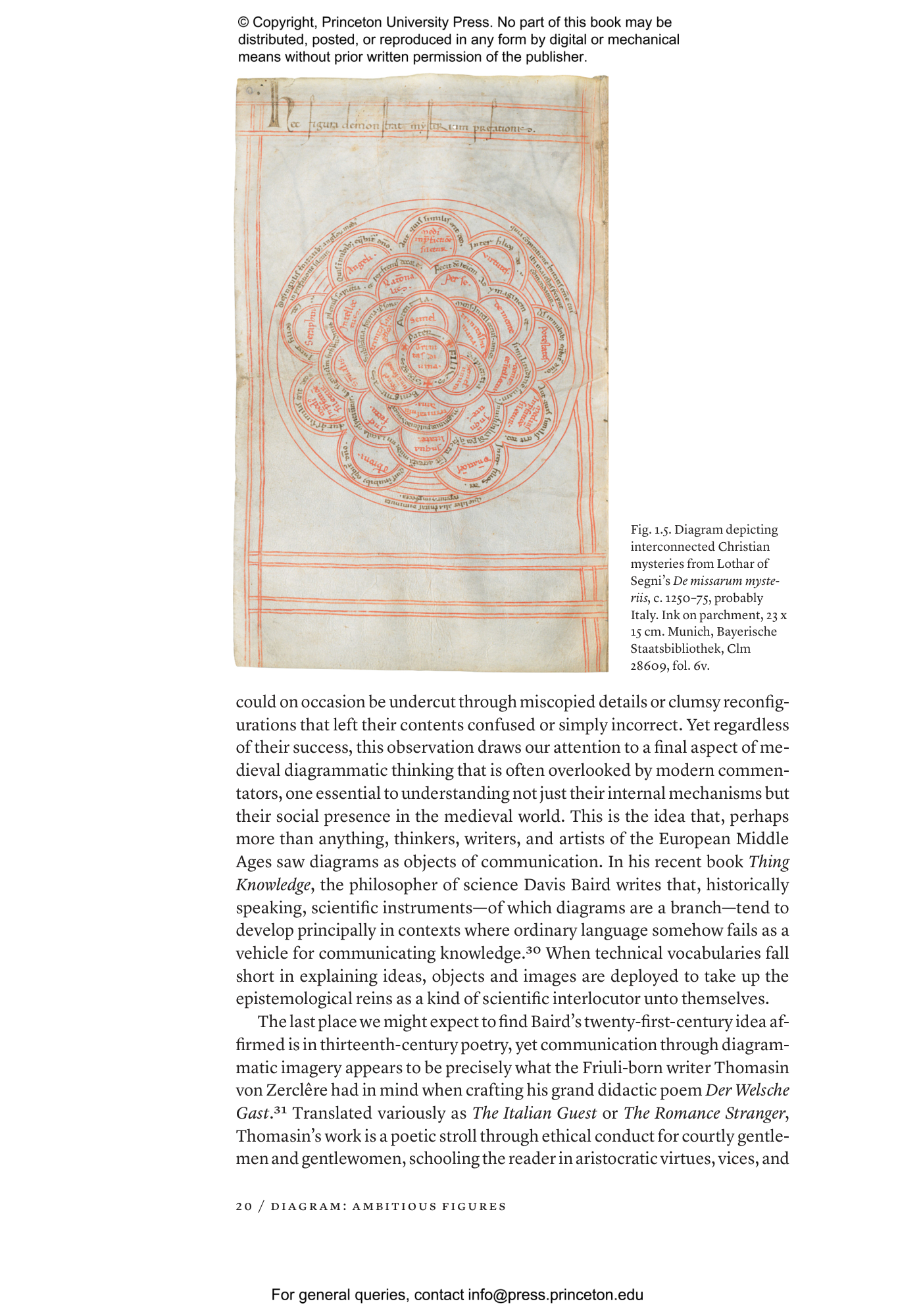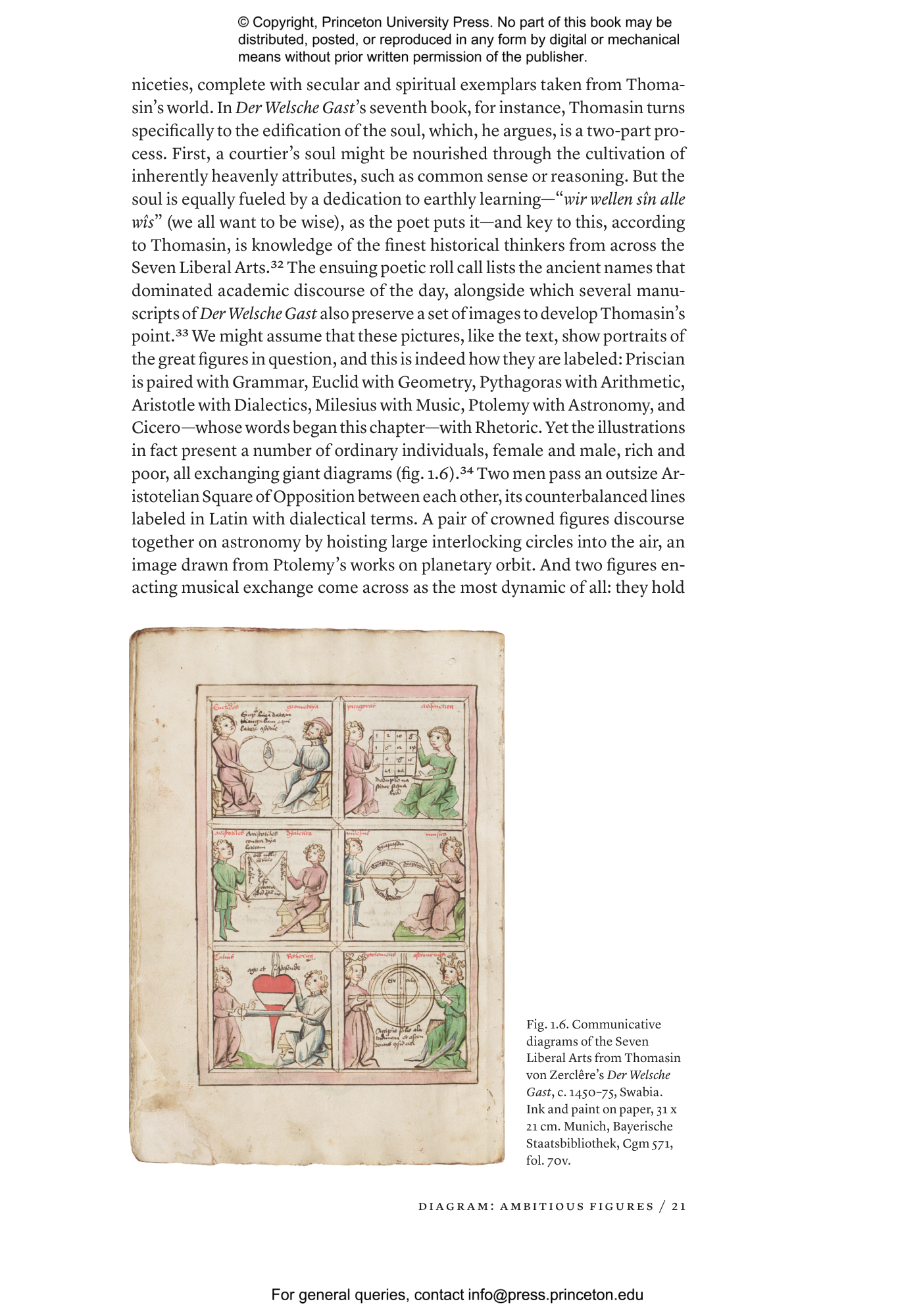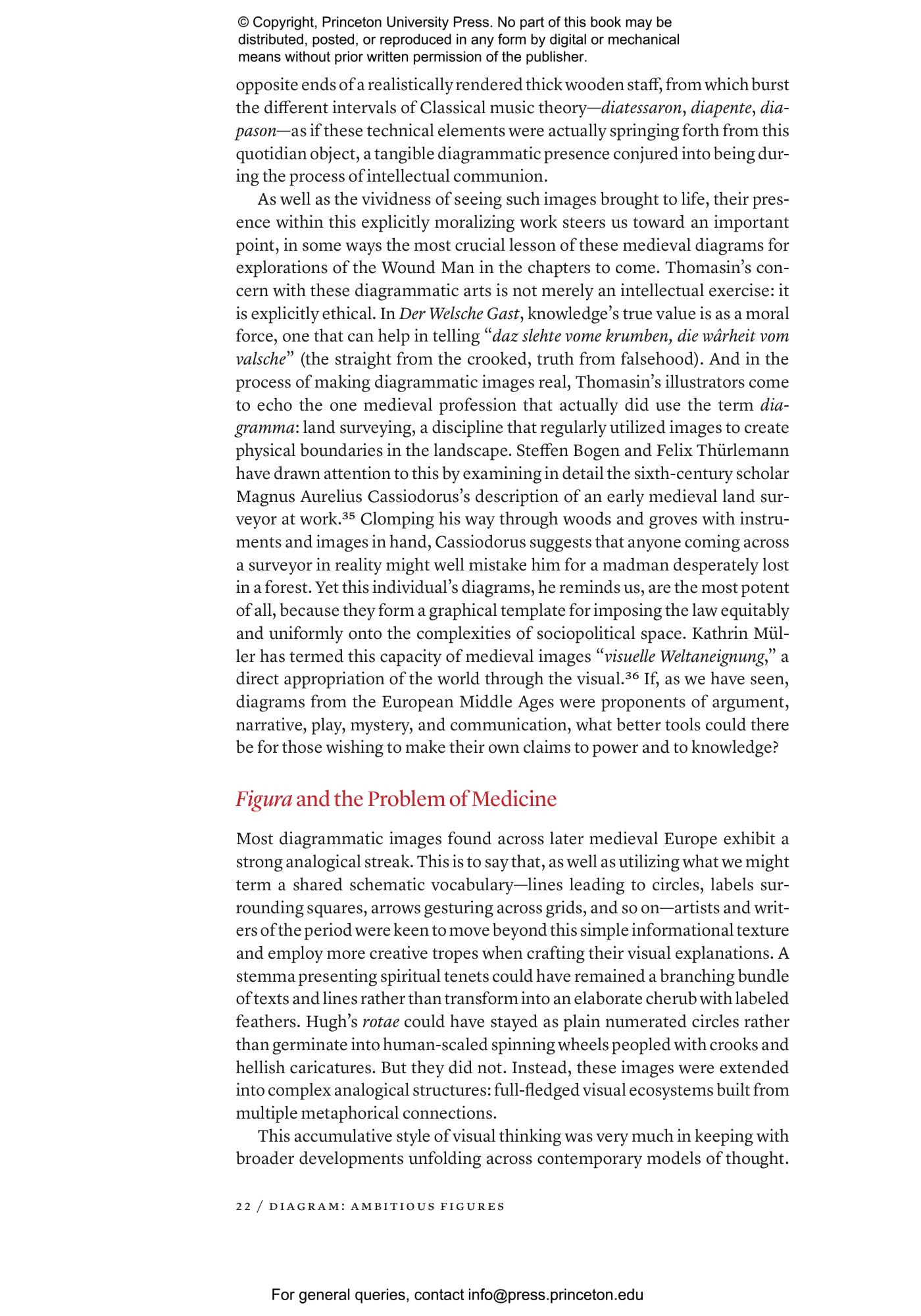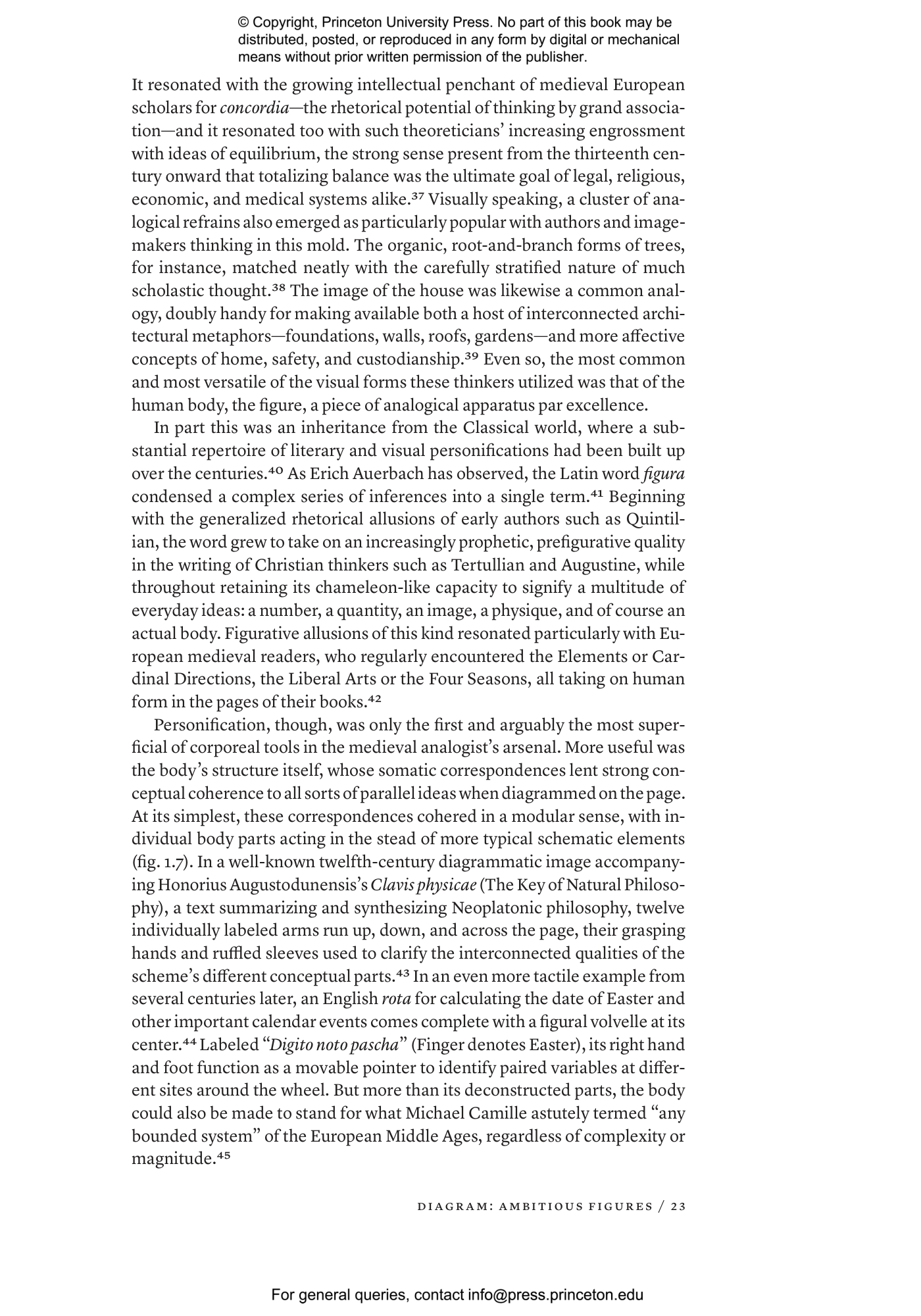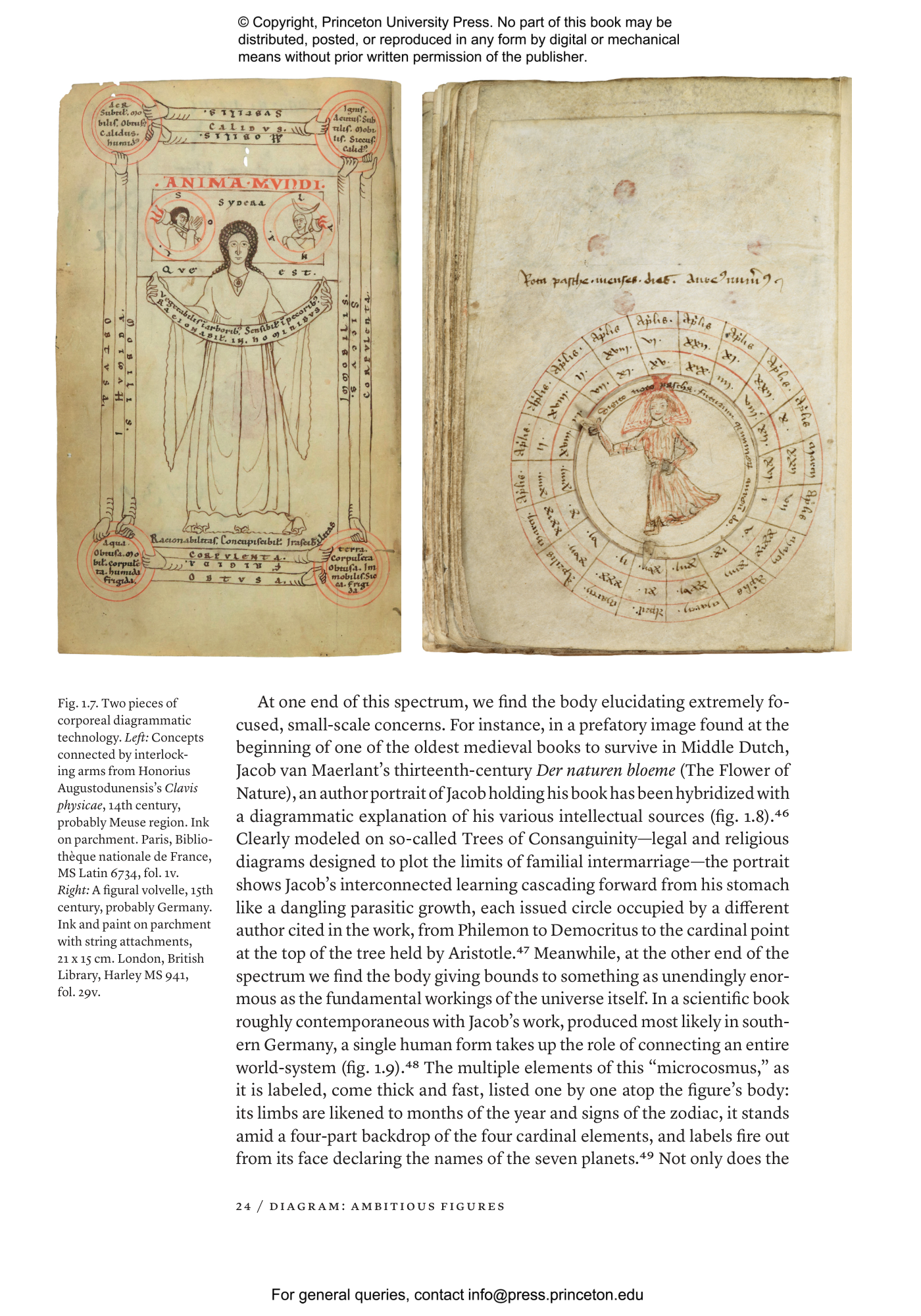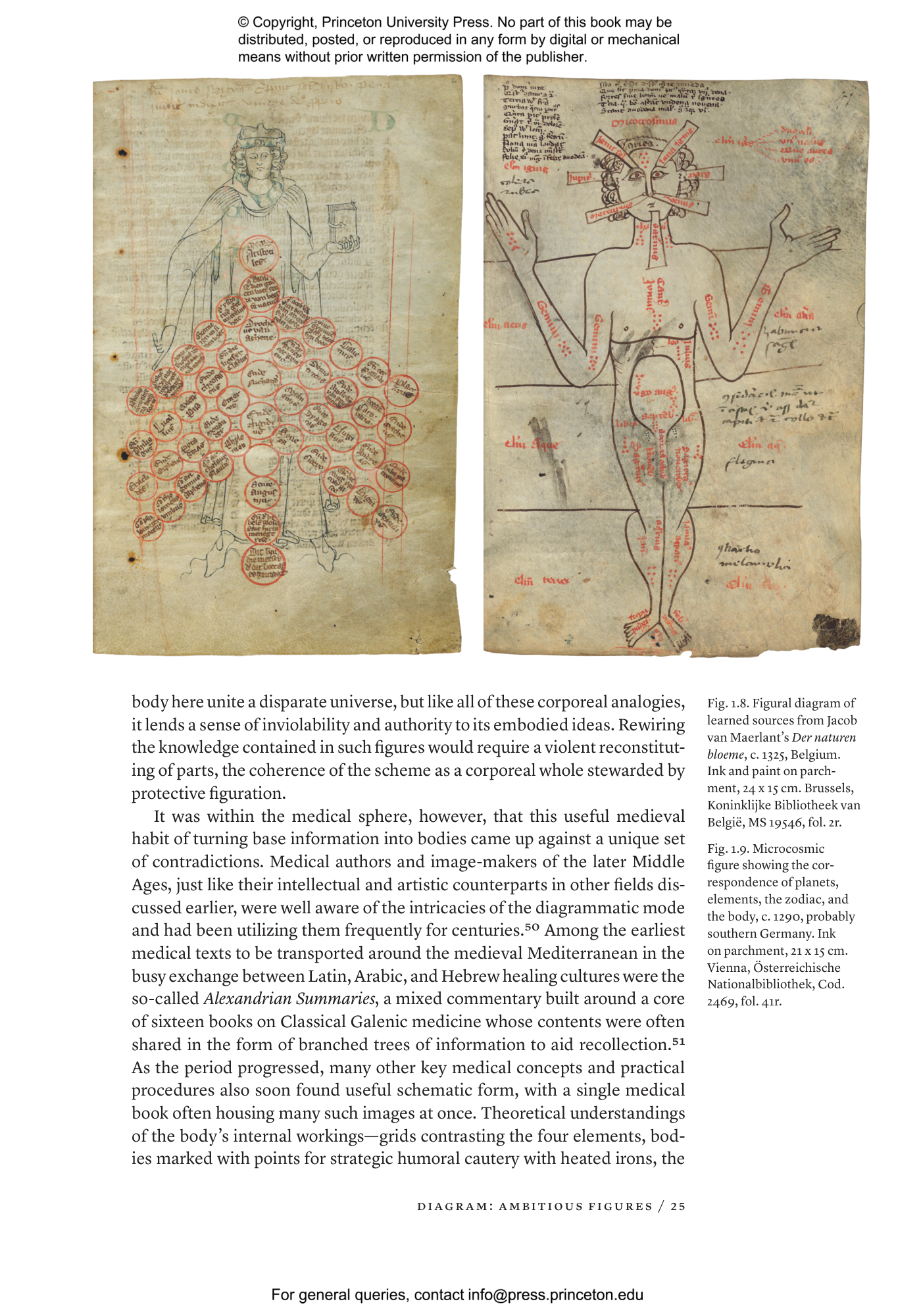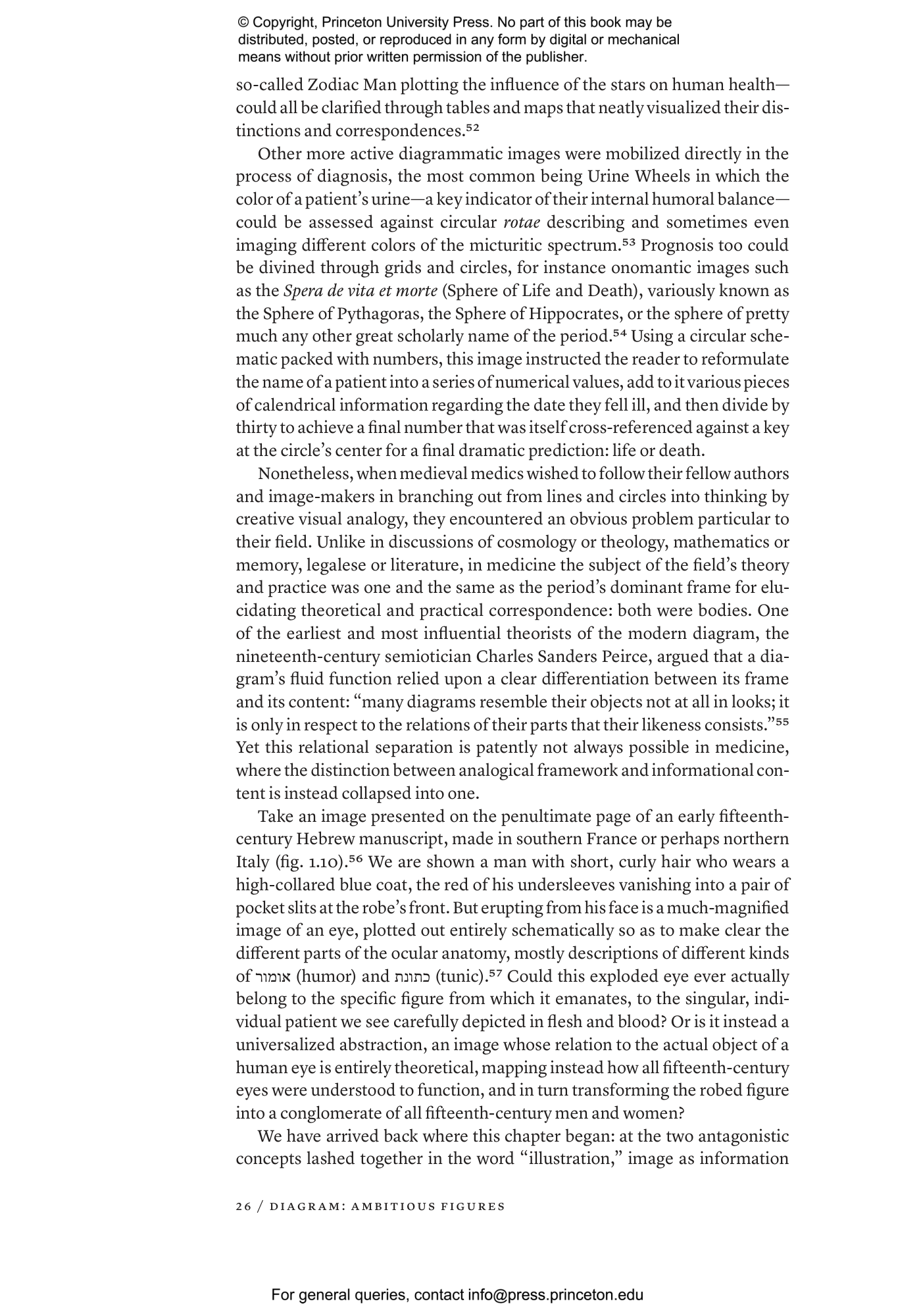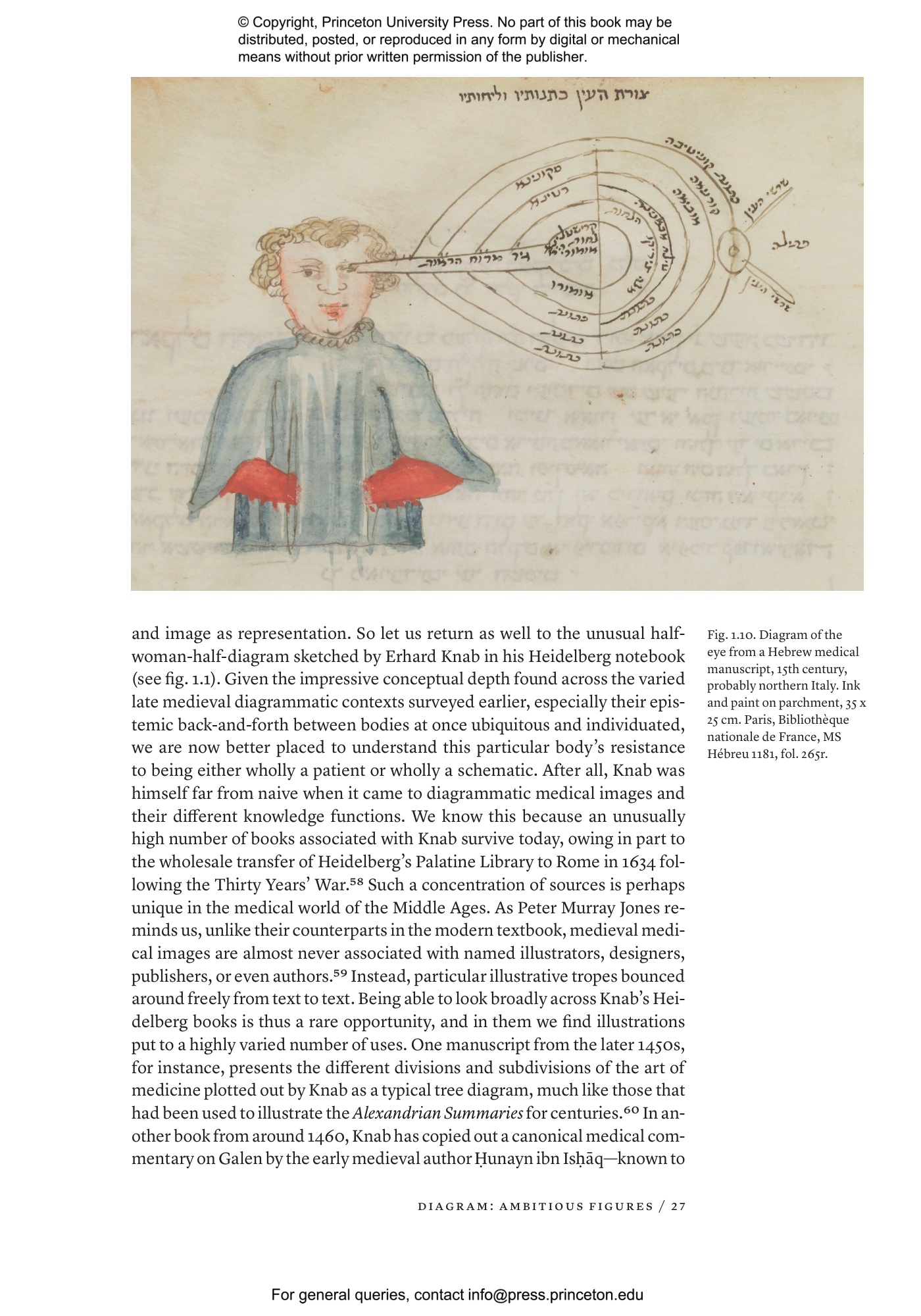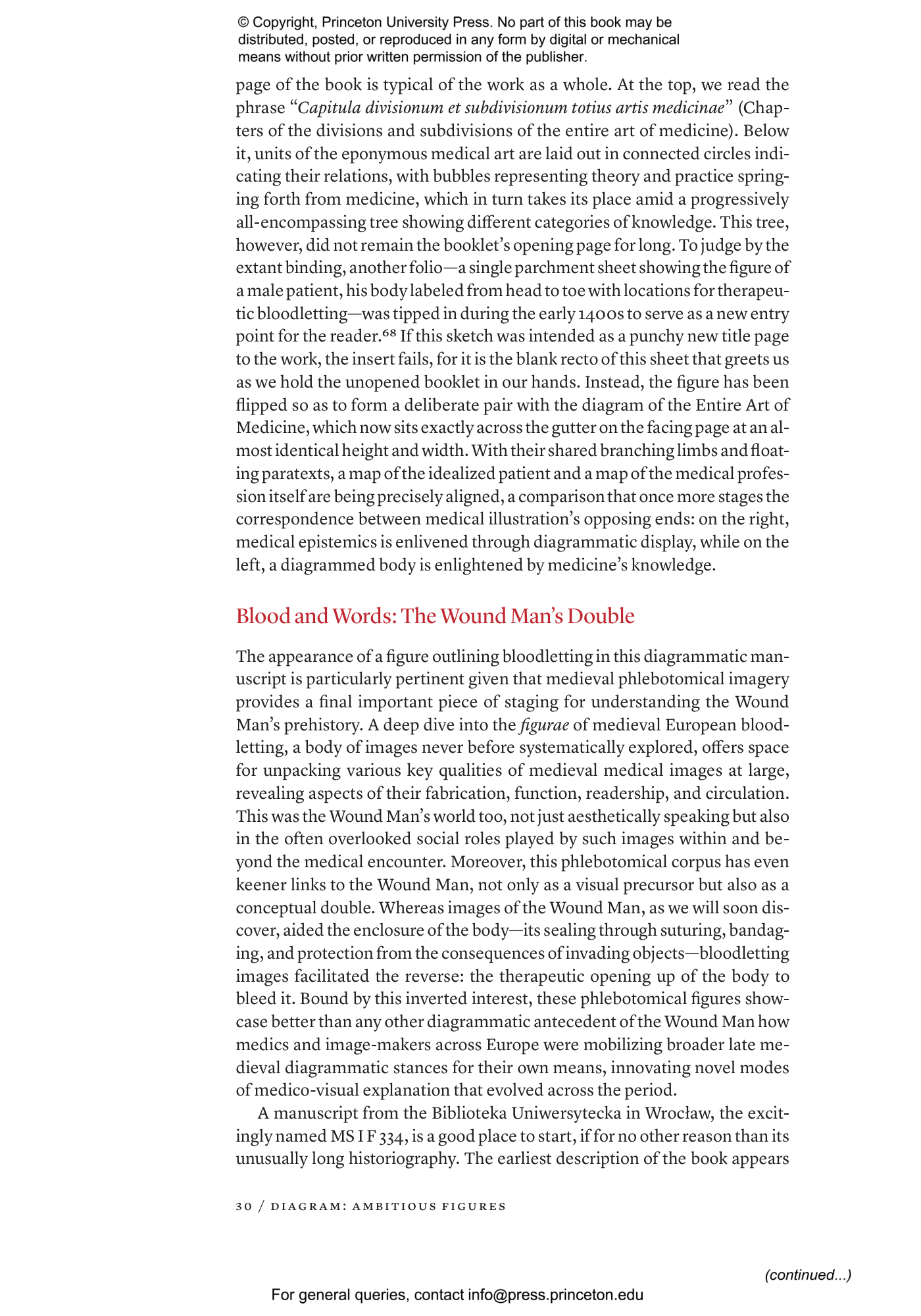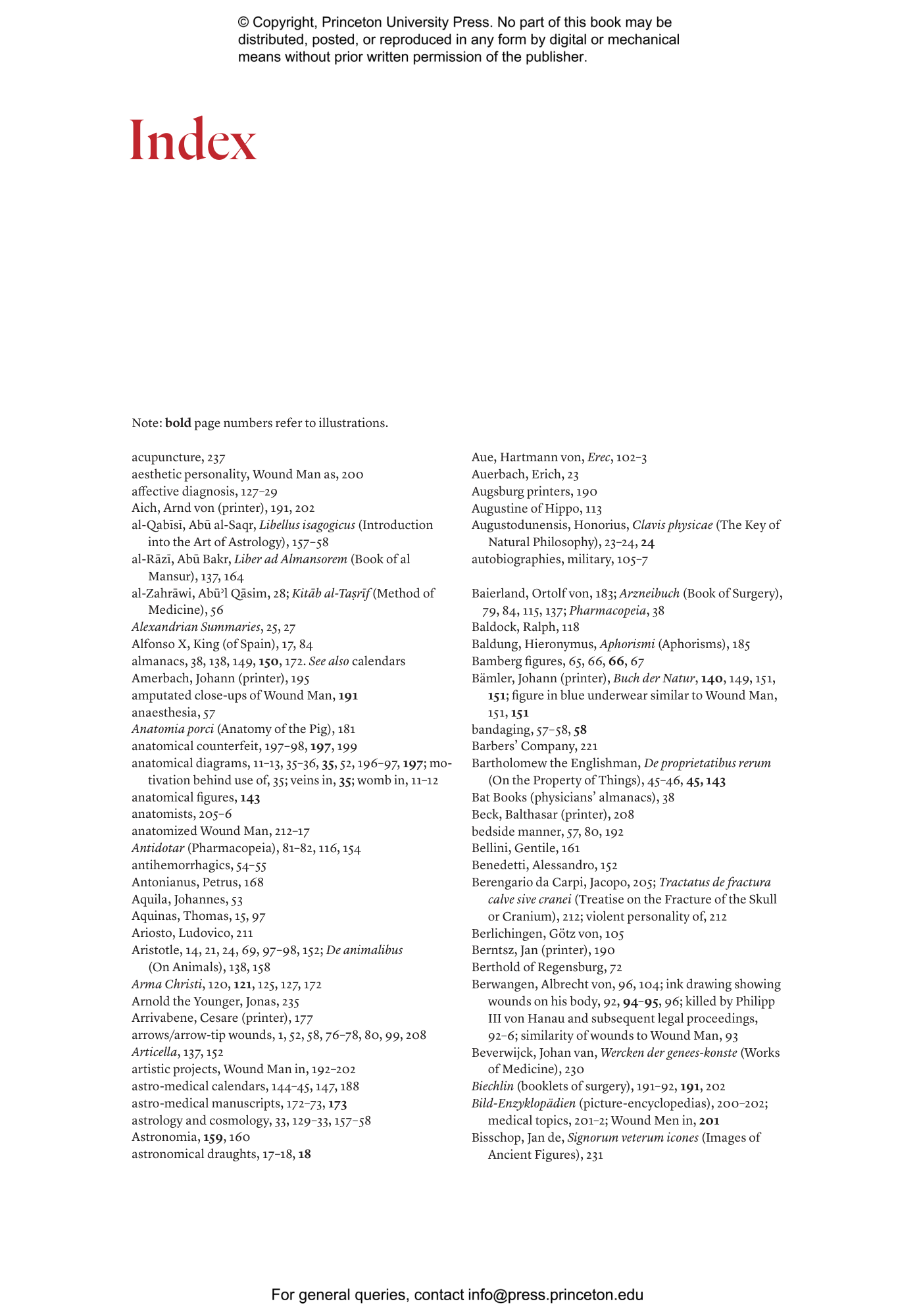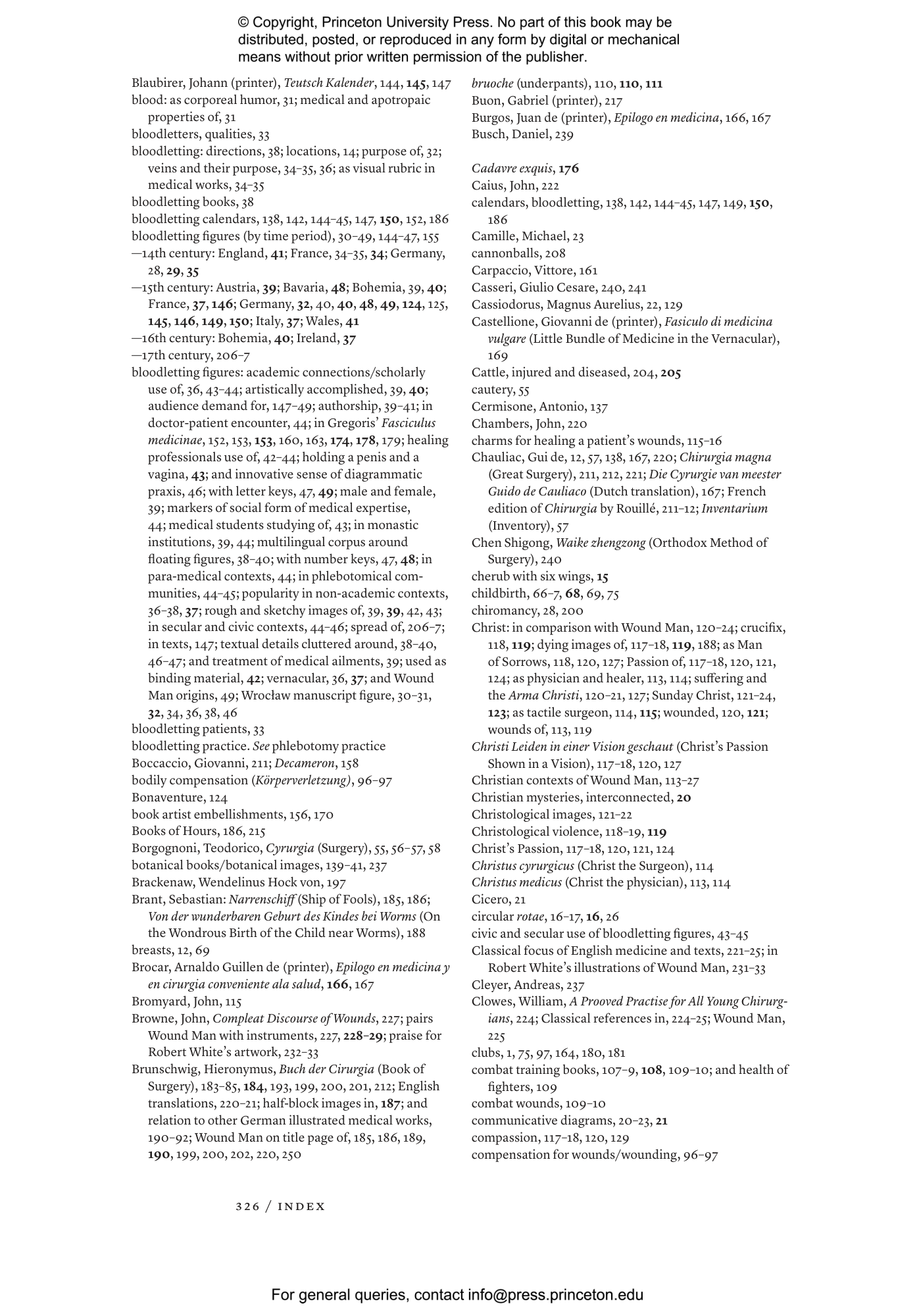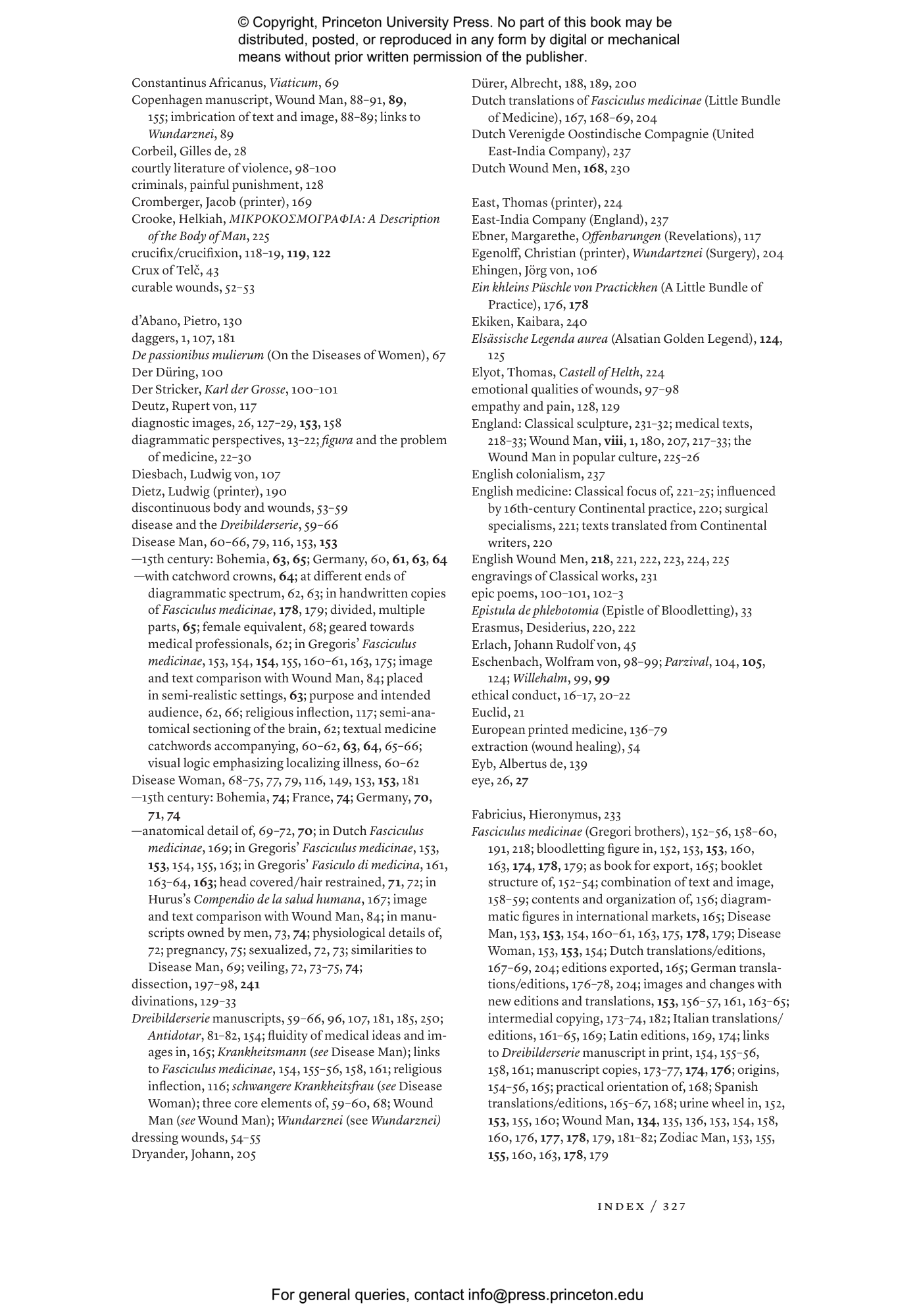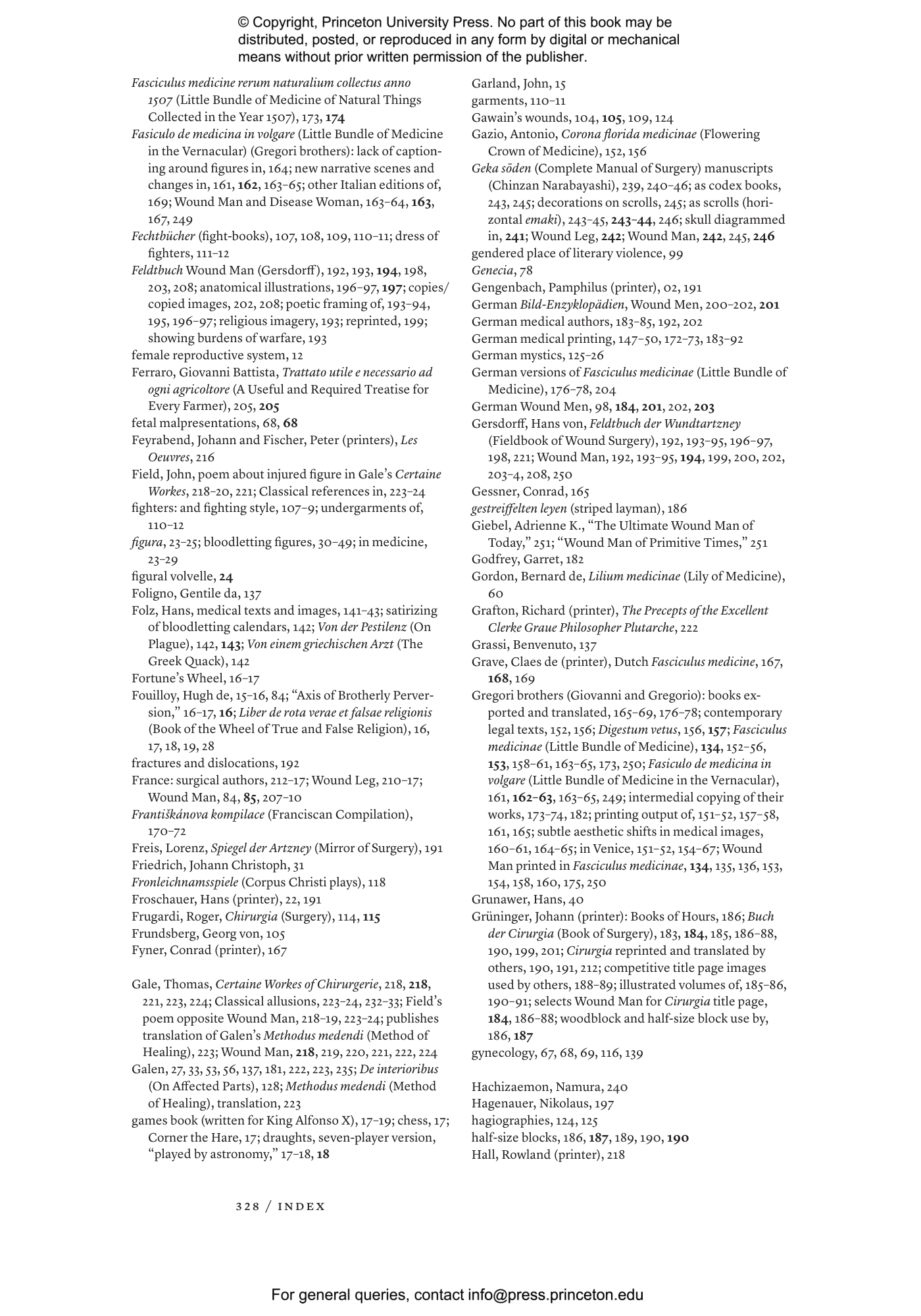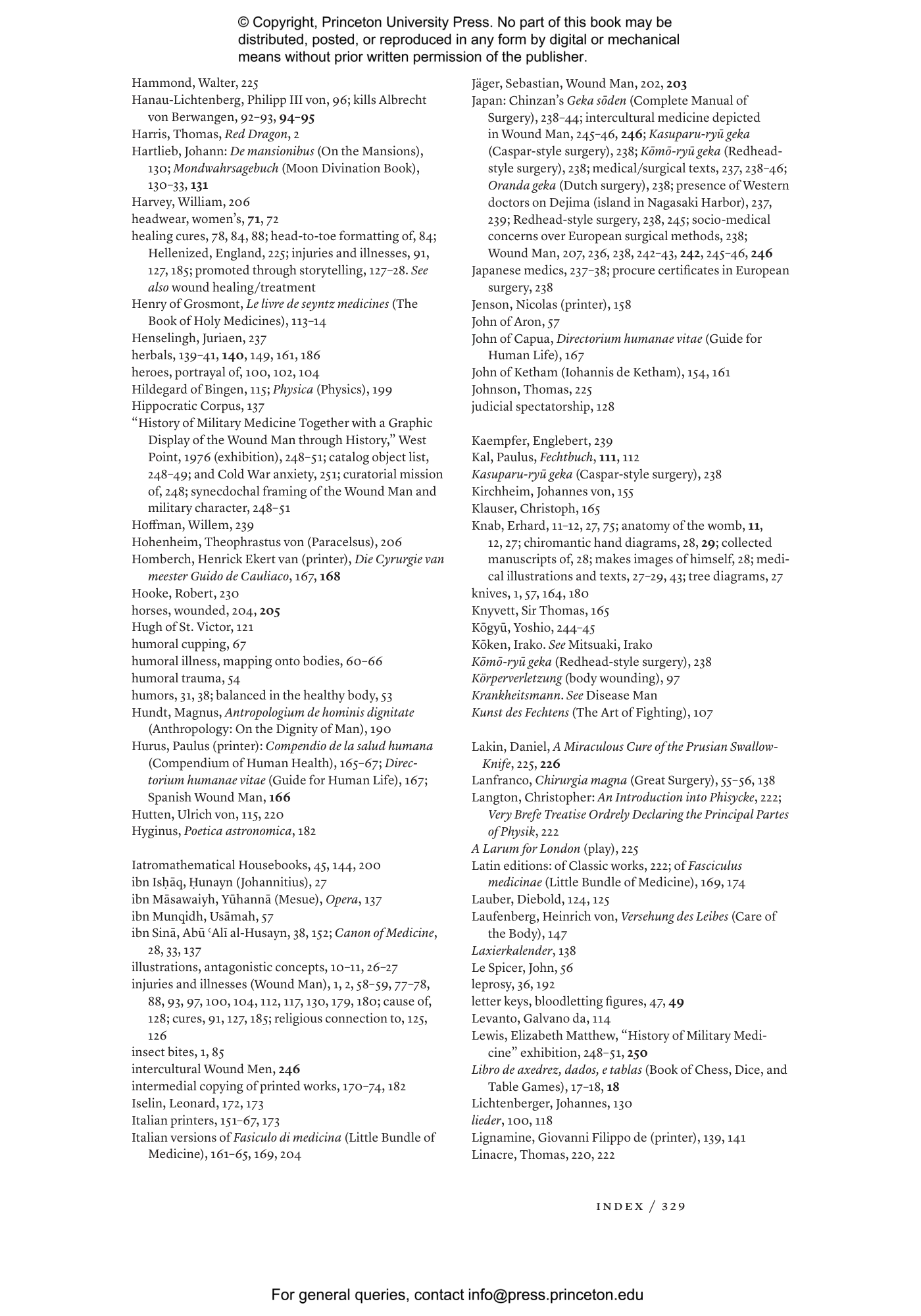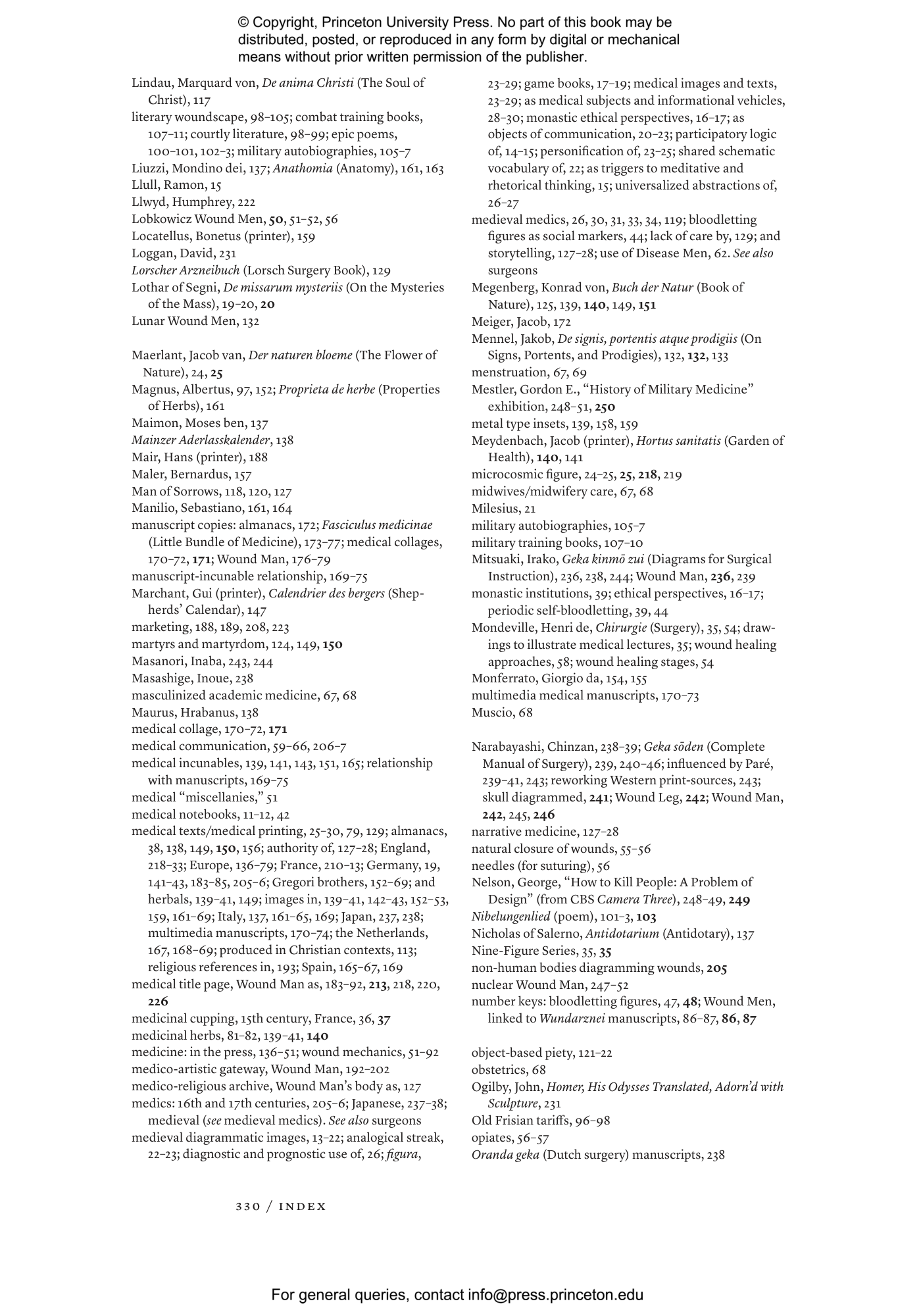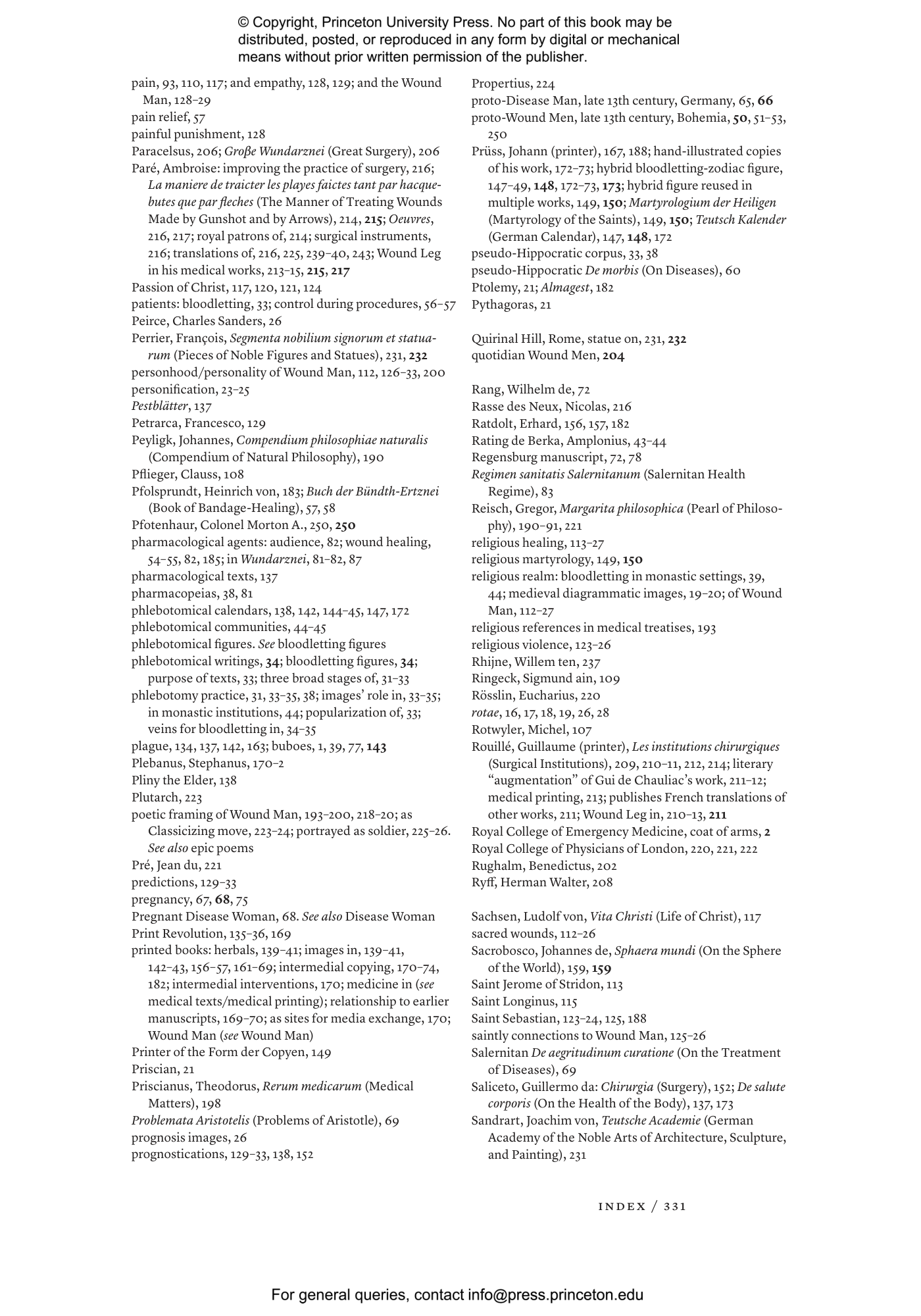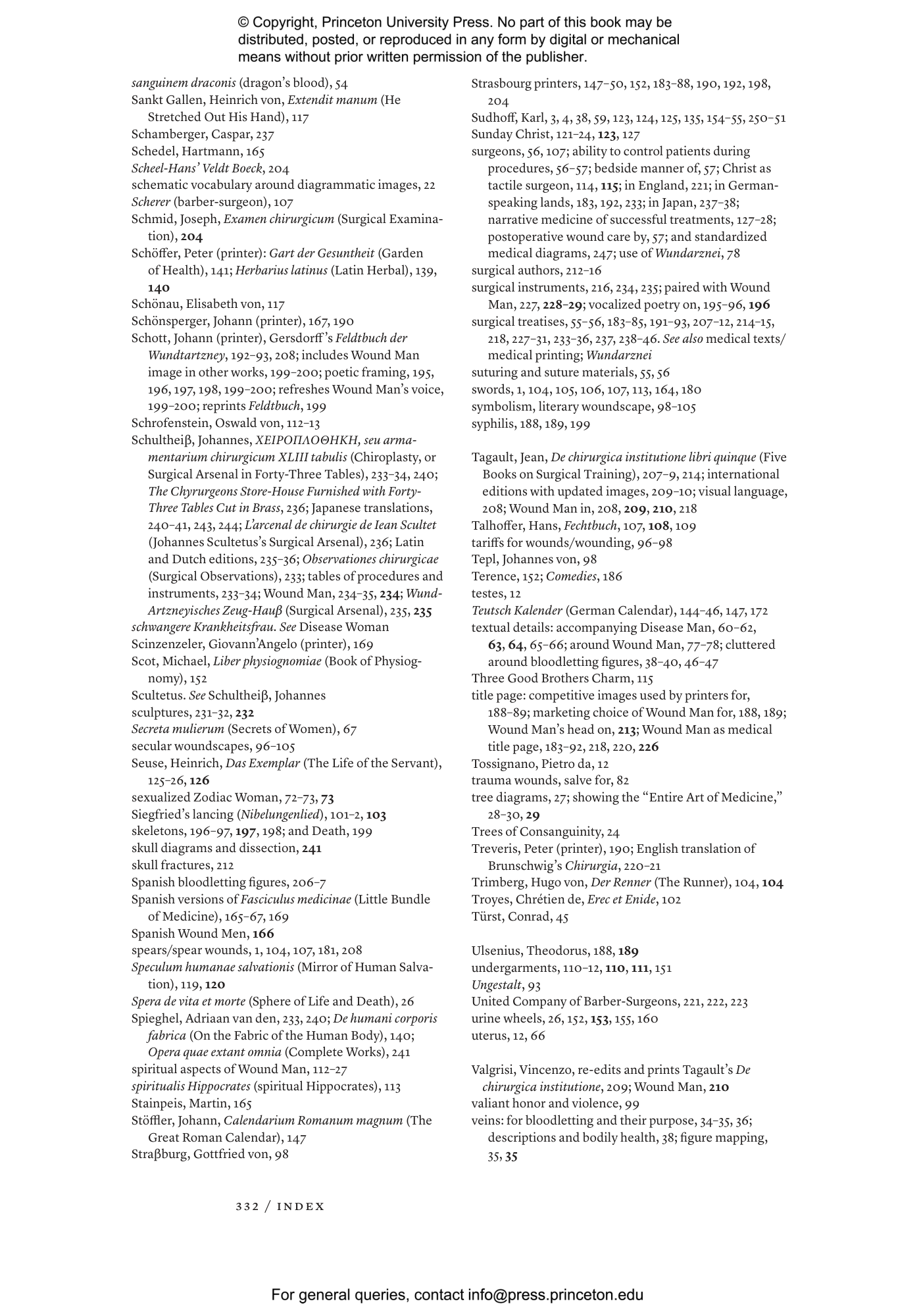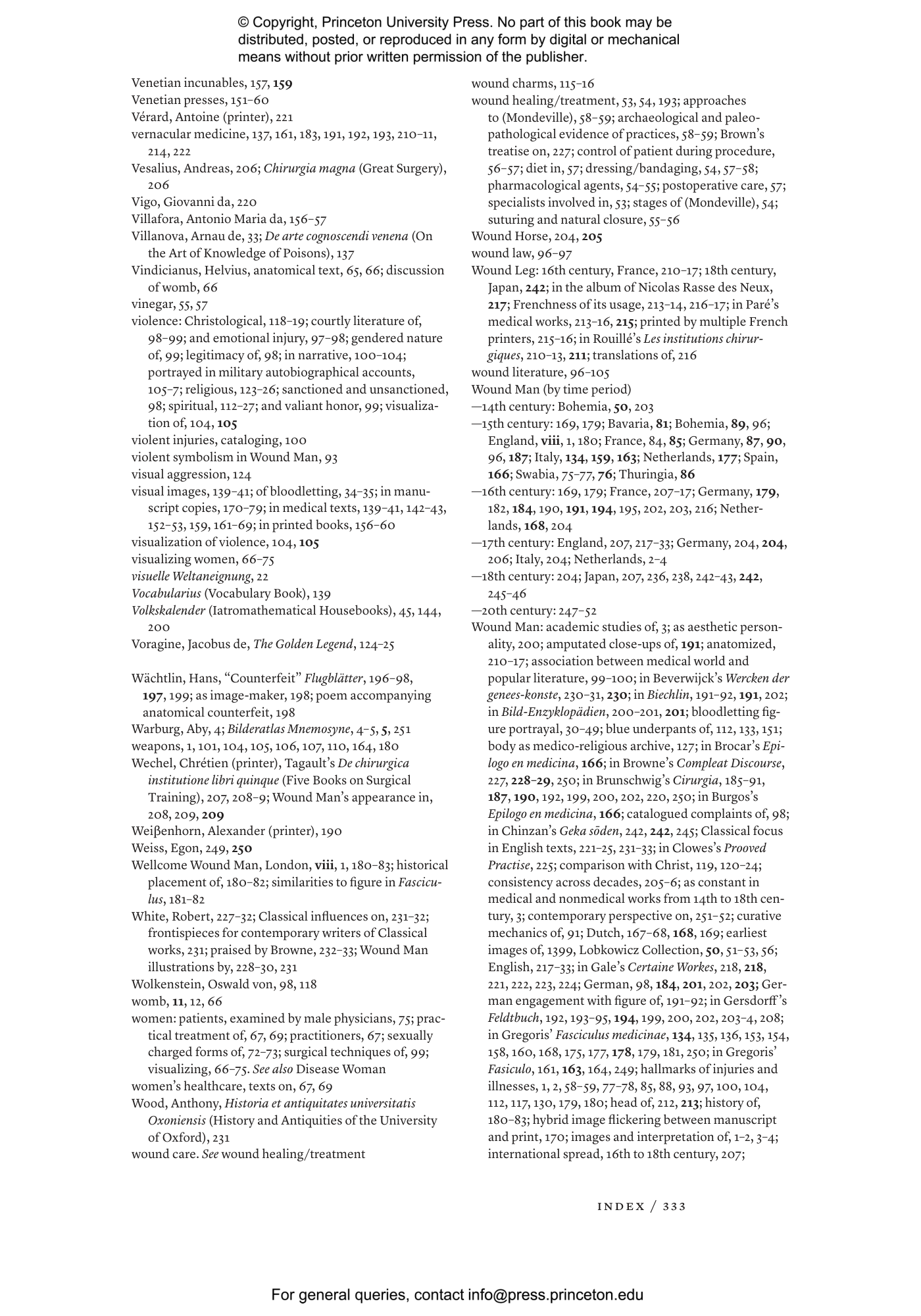The Wound Man—a medical diagram depicting a figure fantastically pierced by weapons and ravaged by injuries and diseases—was reproduced widely across the medieval and early modern globe. In this panoramic book, Jack Hartnell charts the emergence and endurance of this striking image, used as a visual guide to the treatment of many ailments. Taking readers on a remarkable journey from medieval Europe to eighteenth-century Japan, Hartnell explains the historic popularity of this gruesome image and why the Wound Man continues to intrigue us today.
Drawing on a wealth of original research, Hartnell traces the many lives of the Wound Man, from its origins in late medieval Bohemia to its vivid reincarnations in hundreds of manuscripts and printed books over more than three hundred years. Transporting readers beyond the specifics of bodily injury, Hartnell demonstrates how the Wound Man’s body was at once an encyclopedic repository of surgical knowledge, a fantastic literary and religious muse, a catalyst for shifting media landscapes, and a cross-cultural artistic feat that reached diverse audiences around the world. The Wound Man, we discover, held profound importance not only for healers and patients but also for scribes, students, nuns, monks, printmakers, and poets.
Marvelously illustrated, Wound Man sheds light on the entwined histories of art and medicine, showing how premodern medical diagrams represent a unique site of contact between sickness, cure, painting, and print.
Jack Hartnell is Head of Research at the National Gallery, London. He is the author of Medieval Bodies: Life, Death, and Art in the Middle Ages (2018), a collaboration with the Wellcome Collection, London.
32585
"Hartnell’s revelatory research and plethora of macabre illustrations make the book an unexpected treasure: It shines as both a morbid medical history and a curious record of the early years of information graphics. [Wound Man is] an uncanny history of a classical oddity."—Kirkus Reviews
"Wound Man is a brilliantly researched, engagingly written, and beautifully illustrated book."—Anne Helen Petersen, Culture Study
"A visual treat. . . .[Wound Man] offers a stunning selection of visual sources and thoughtful commentary. Anyone interested in medieval history, figurative art, the human body or medicine will wish to return to it again and again."—Chiara Thumiger, The Spectator
“This book offers a stunning three-hundred-year visual chronicle of surgical technique, procedure, instrumentation, and much else. Jack Hartnell brilliantly employs the remarkably persistent image of the Wound Man to explore learned and vernacular medicine, the fascinating landscape of early print, and increasingly aesthetic illustration practices in crowded book markets as the Wound Man is reproduced and recreated through seventeenth-century Europe and far beyond.”—Pamela H. Smith, author of From Lived Experience to the Written Word: Reconstructing Practical Knowledge in the Early Modern World
“A brilliantly conceived and meticulously executed account of the varied contexts in which Wound Man appeared as a carrier of knowledge and mediator of healing practices. Jack Hartnell seamlessly stitches together medical history, medieval natural philosophy, the history of the book, and the history of the scientific image. Wound Man, the stuff of legends, has finally received a true hero’s welcome.”—Mitchell Merback, author of Perfection’s Therapy: An Essay on Albrecht Dürer’s “Melencolia I”
“Wide-ranging and deeply researched, Wound Man offers a fascinating way to think about relationships between artistic procedures and medical practice, science and poetry, words and wounds, printing technology and emotion, and myriad other unexpected aspects of early modern art.”—Herbert L. Kessler, author of Experiencing Medieval Art
“Wound Man is an impressive piece of original research that is carefully argued and written with verve and conviction. Hartnell’s scholarship is exemplary.”—Sachiko Kusukawa, author of Picturing the Book of Nature: Image, Text, and Argument in Sixteenth-Century Human Anatomy and Medical Botany
This publication has been produced to meet accepted Accessibility standards and contains various accessibility features including concise image descriptions, a table of contents, a page list to navigate to pages corresponding to the print source version, and elements such as headings for structured navigation. Appearance of the text and page layout can be modified according to the capabilities of the reading system.
Accessibility Features
-
WCAG v2.2
-
WCAG level AA
-
Table of contents navigation
-
Single logical reading order
-
Short alternative textual descriptions
-
Print-equivalent page numbering
-
Landmark navigation
-
Index navigation
-
Epub Accessibility Specification 1.1
-
ARIA roles provided
-
All non-decorative content supports reading without sight
-
No known hazards or warnings


